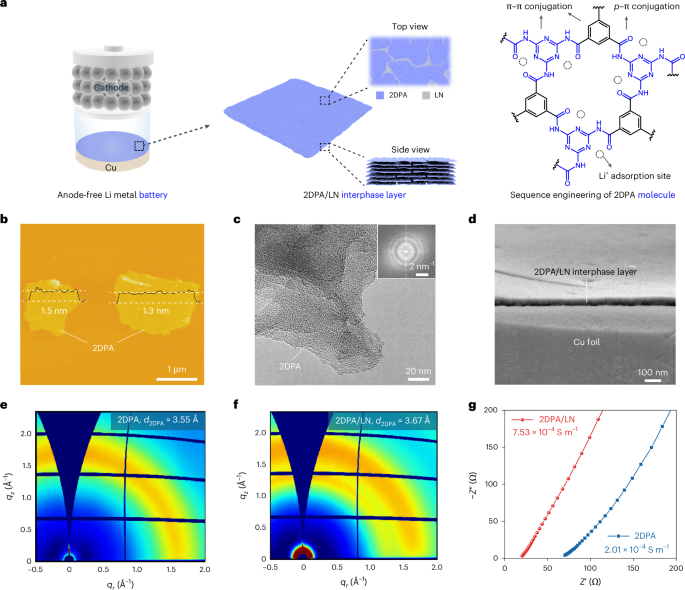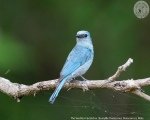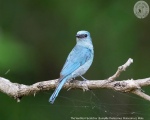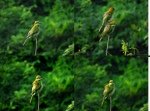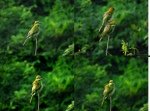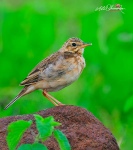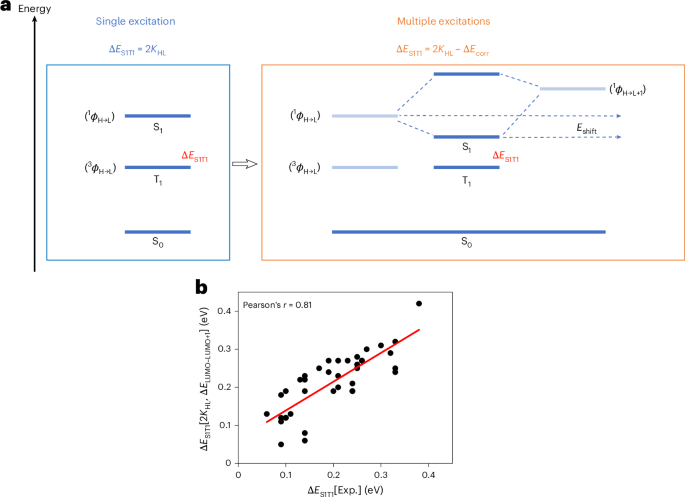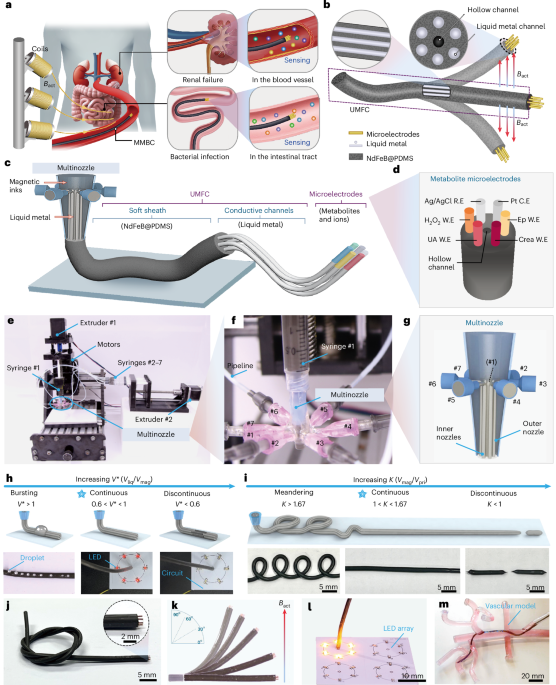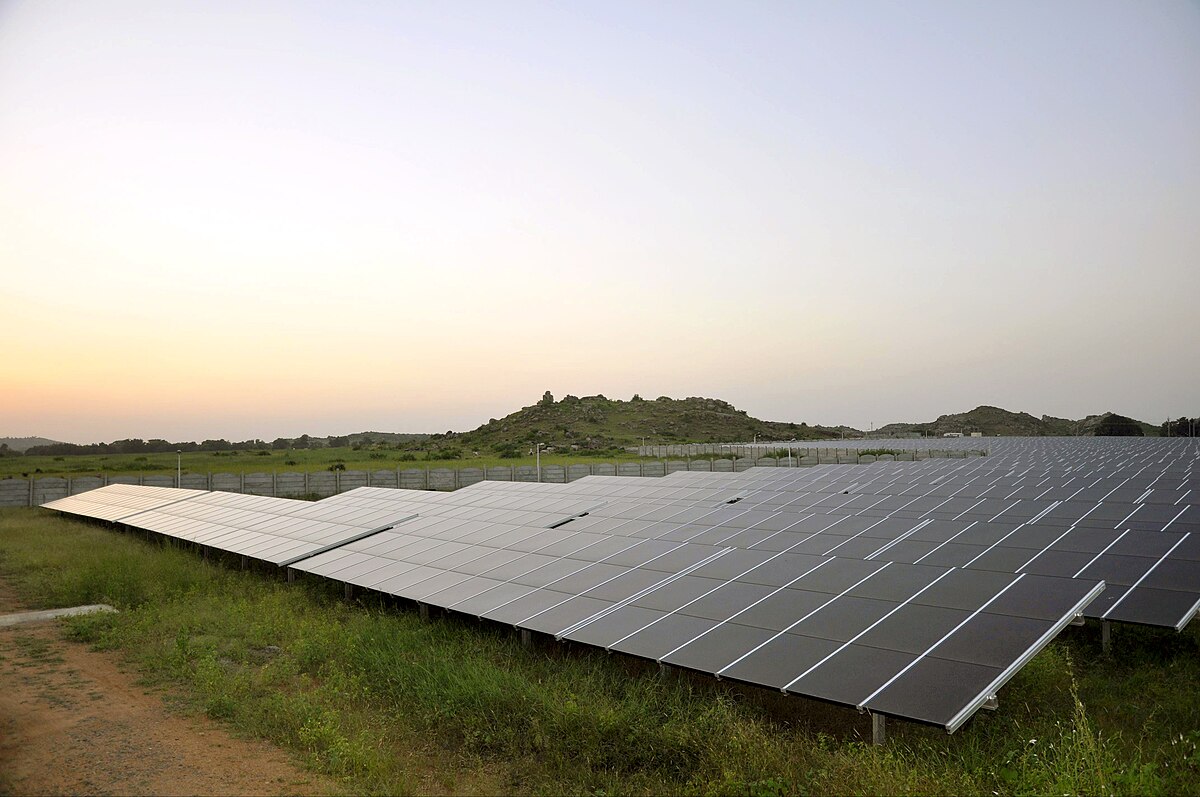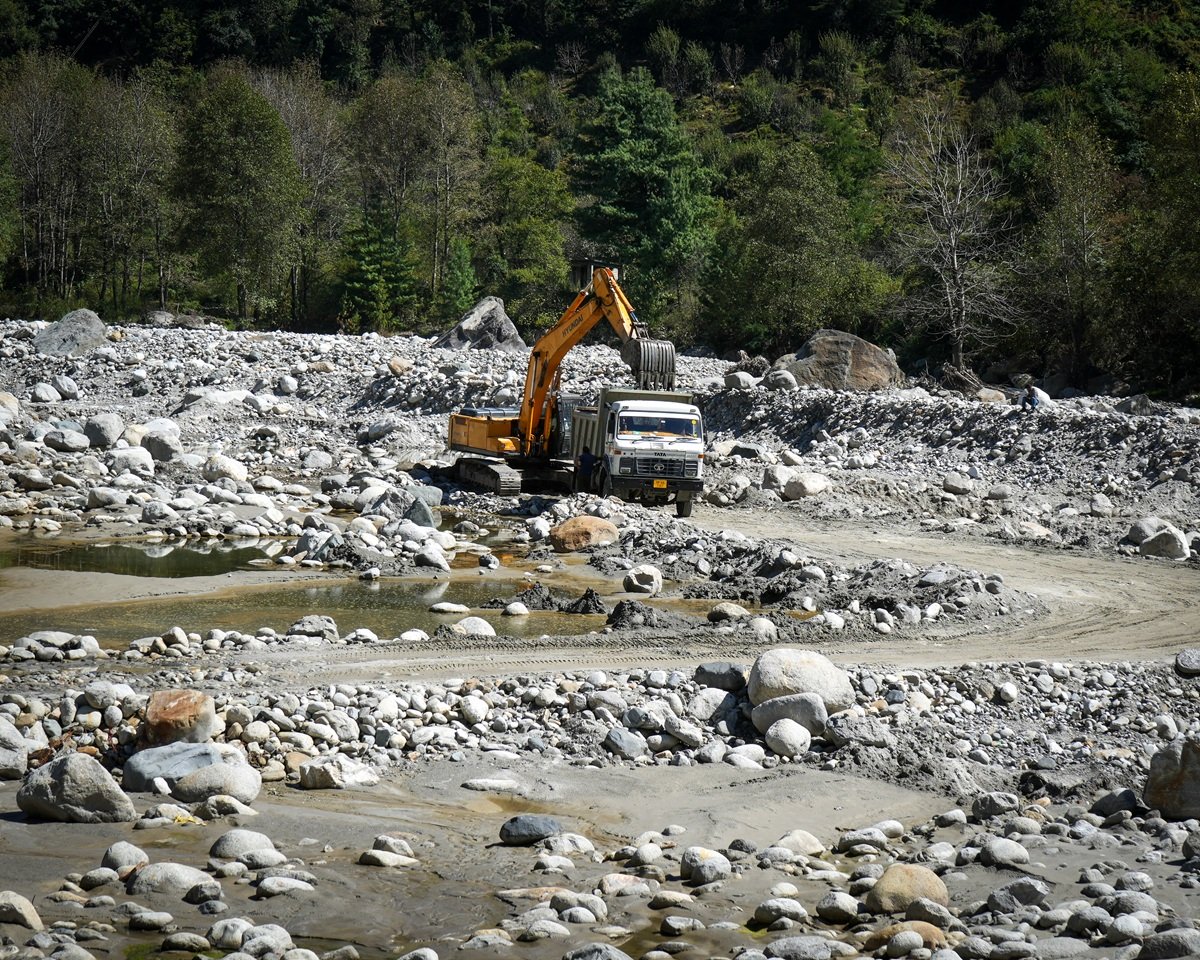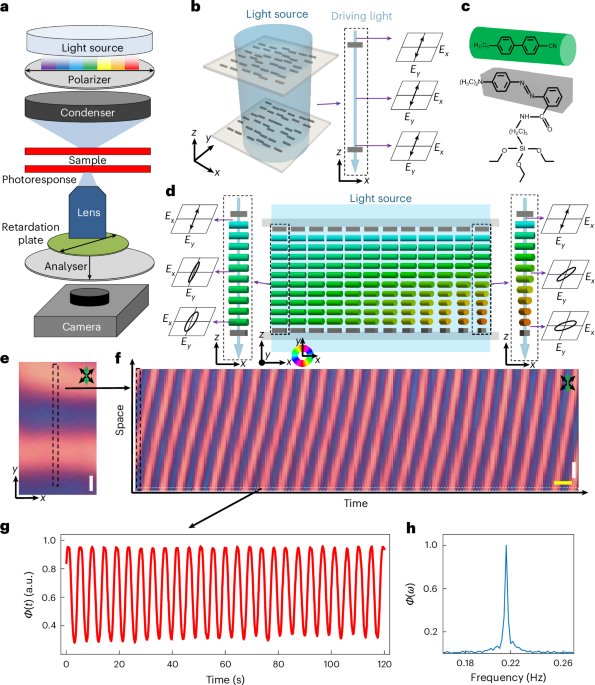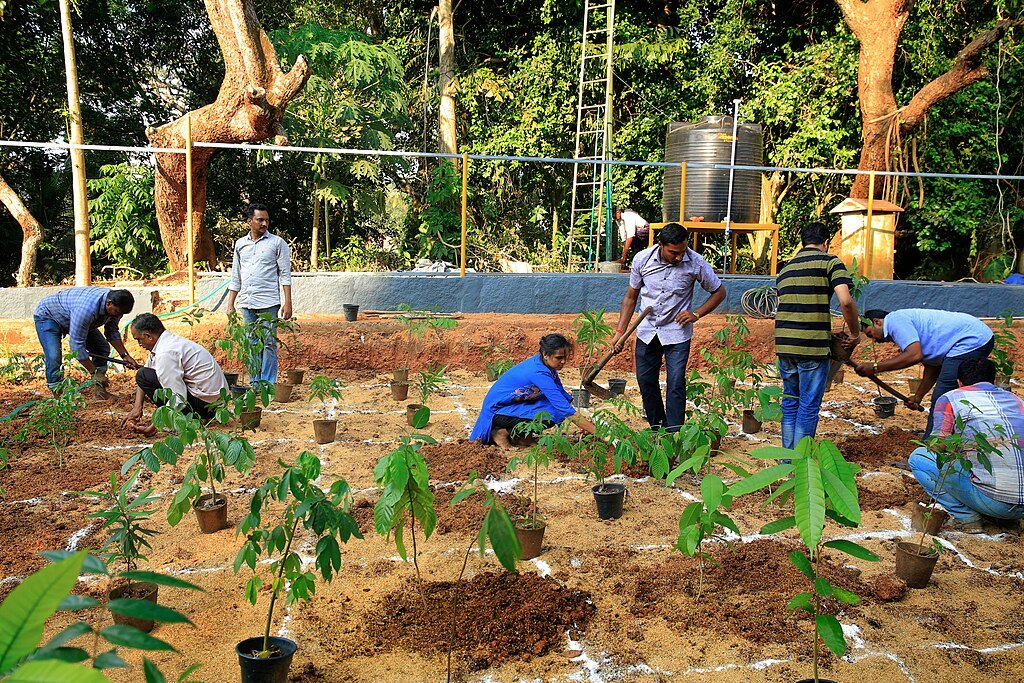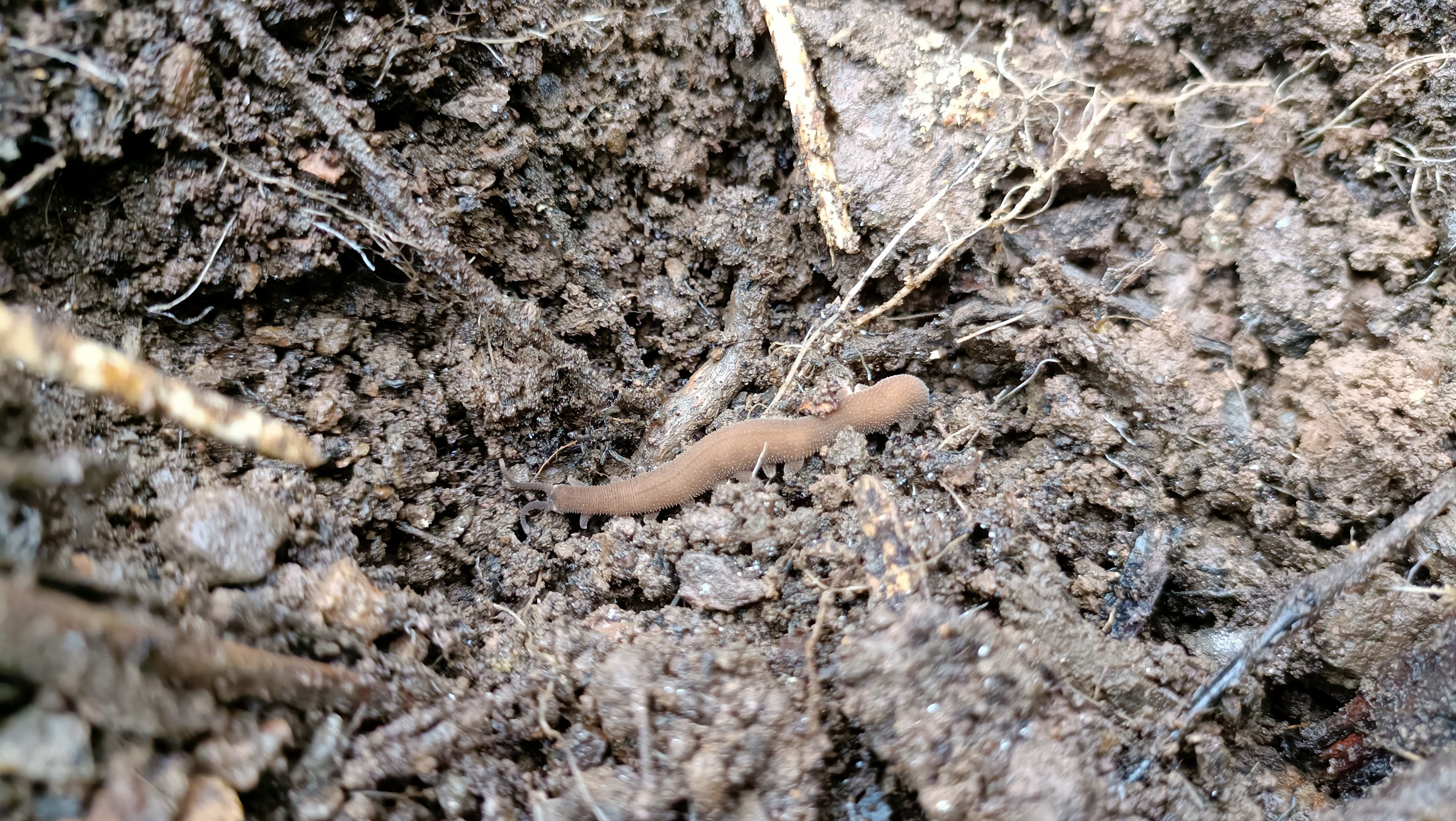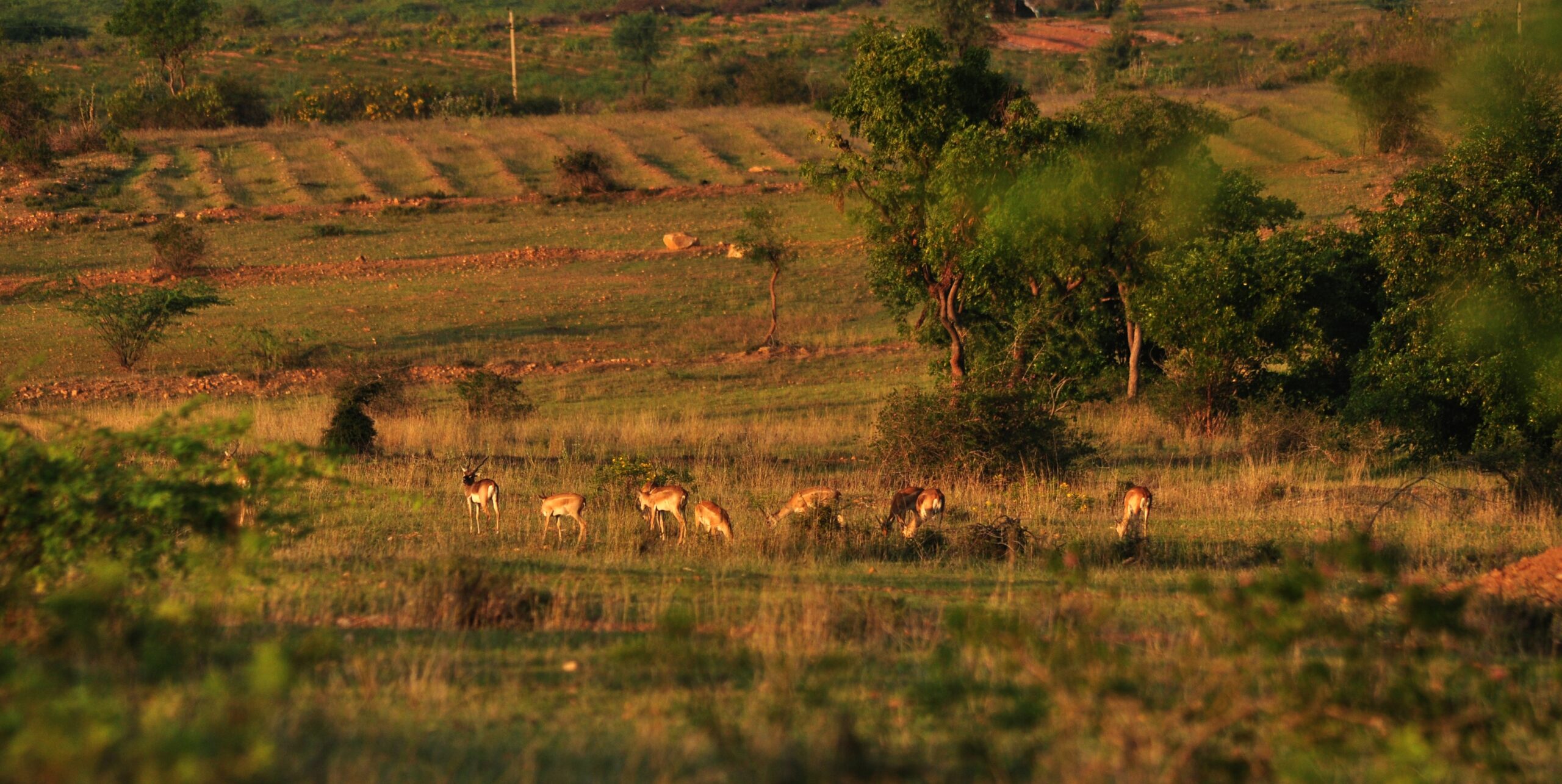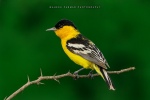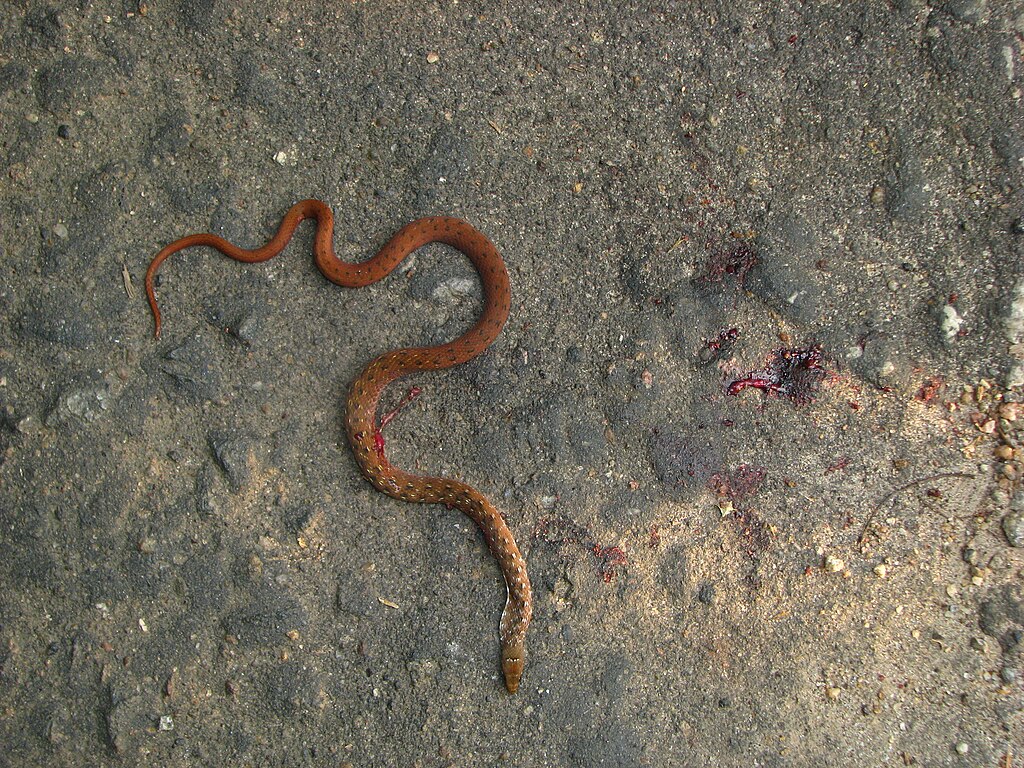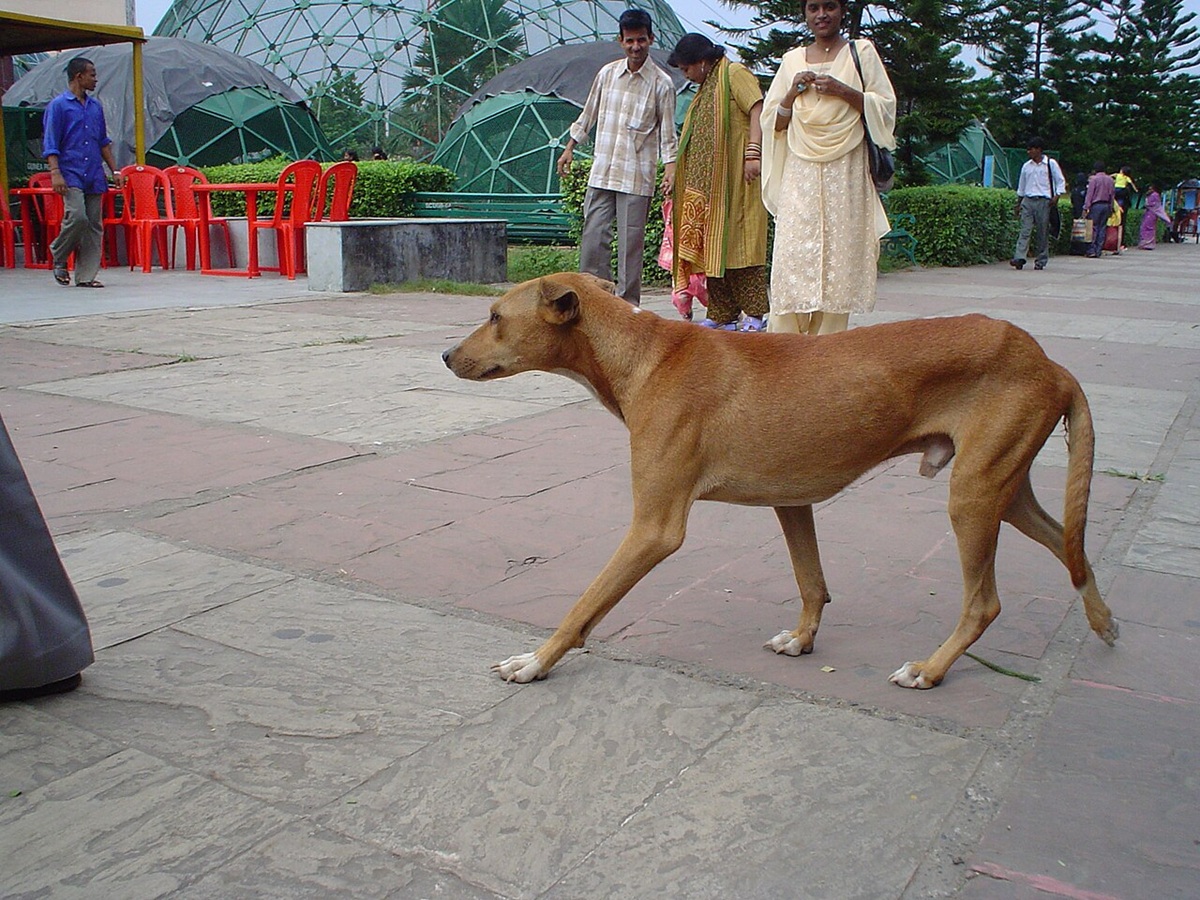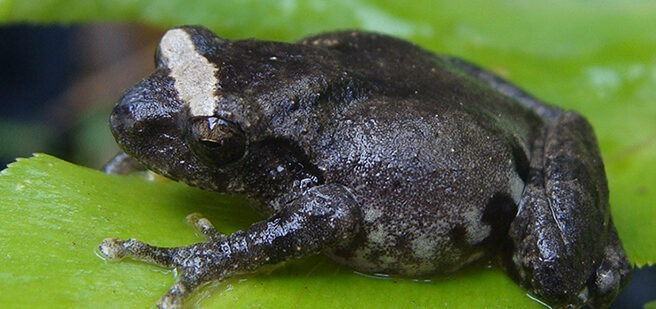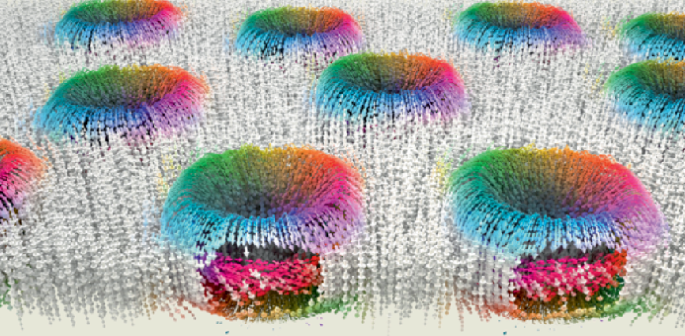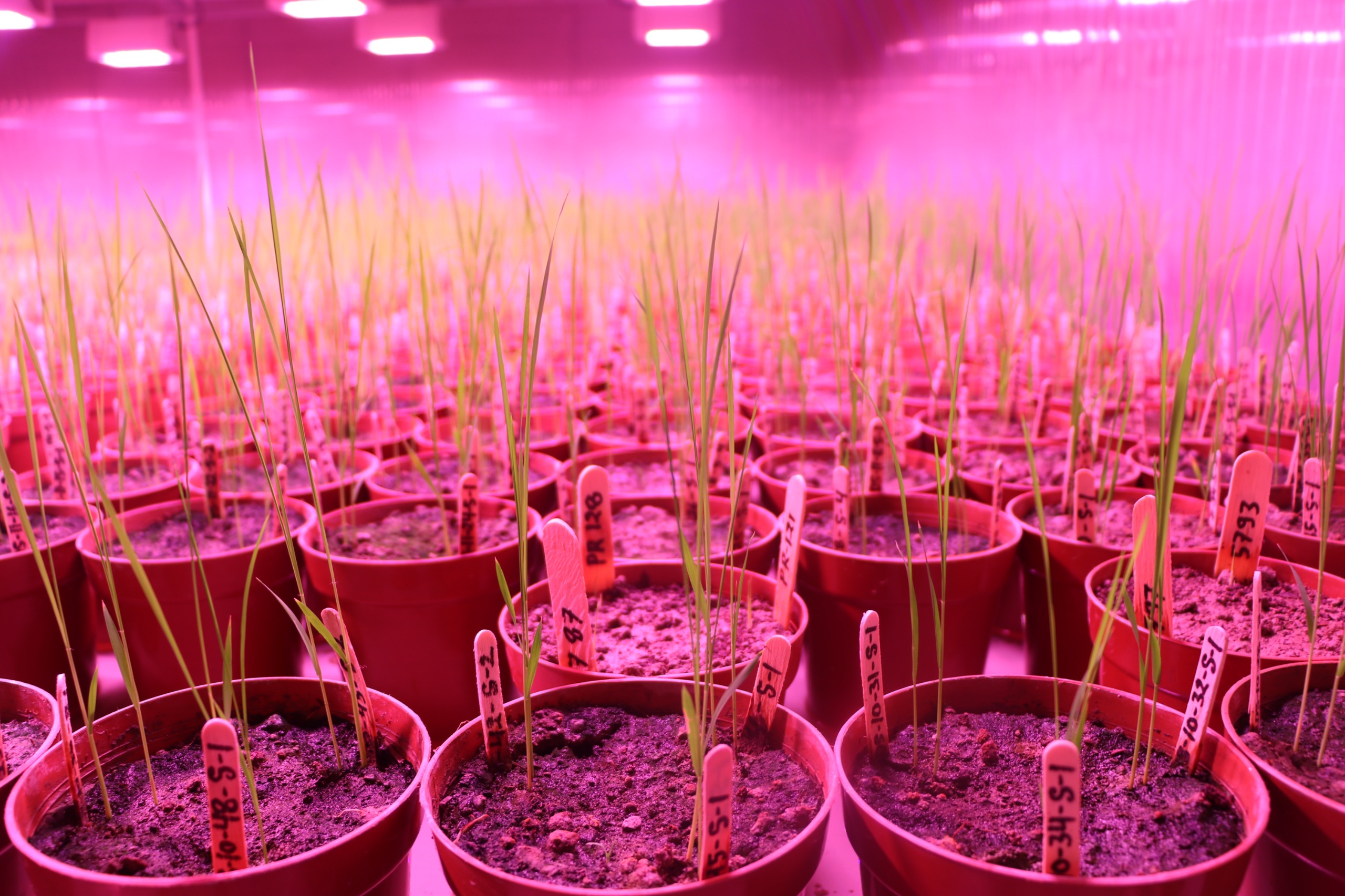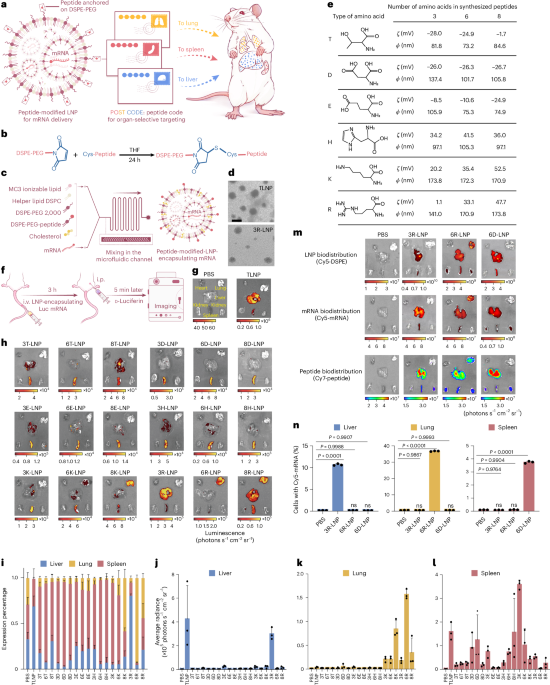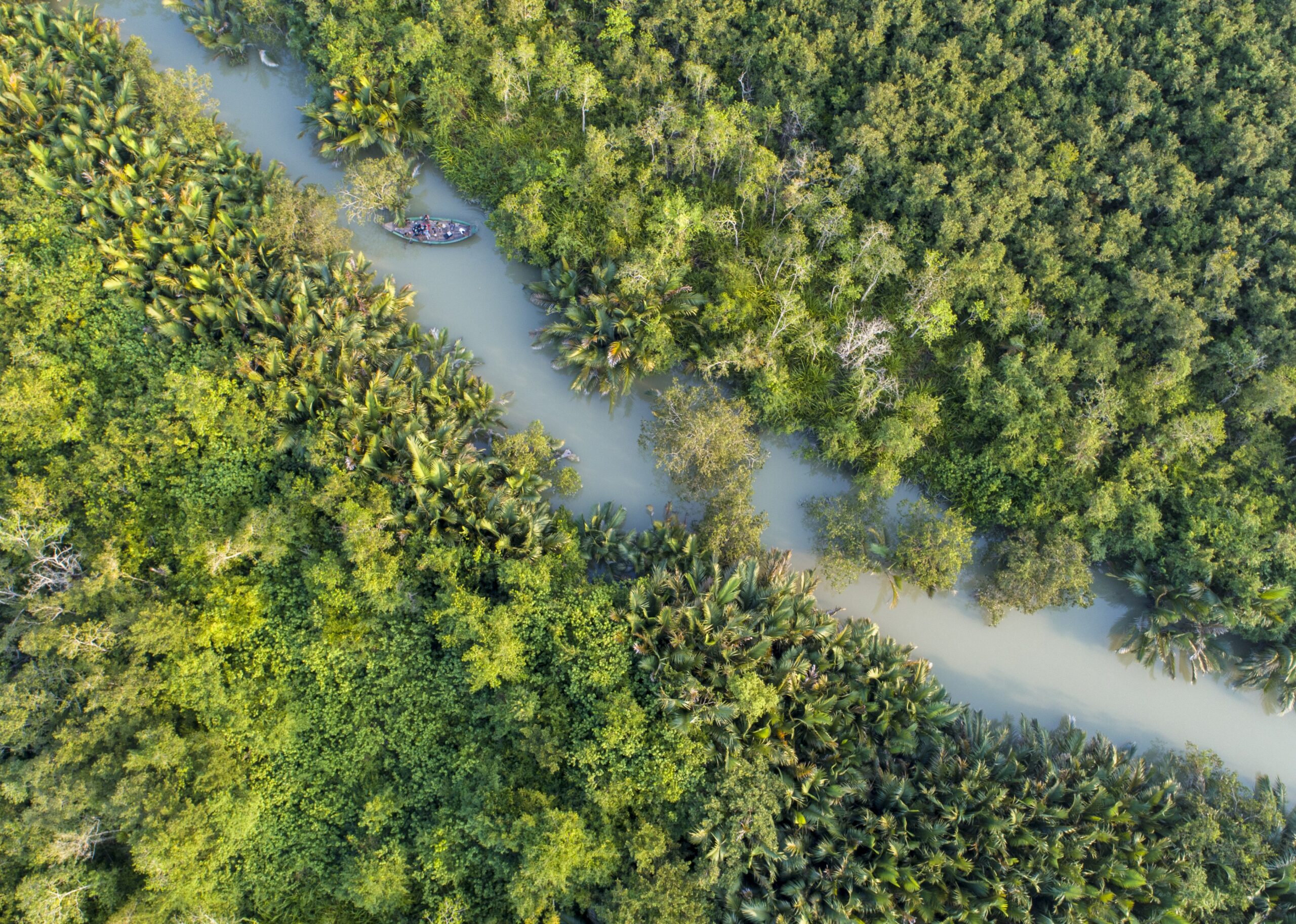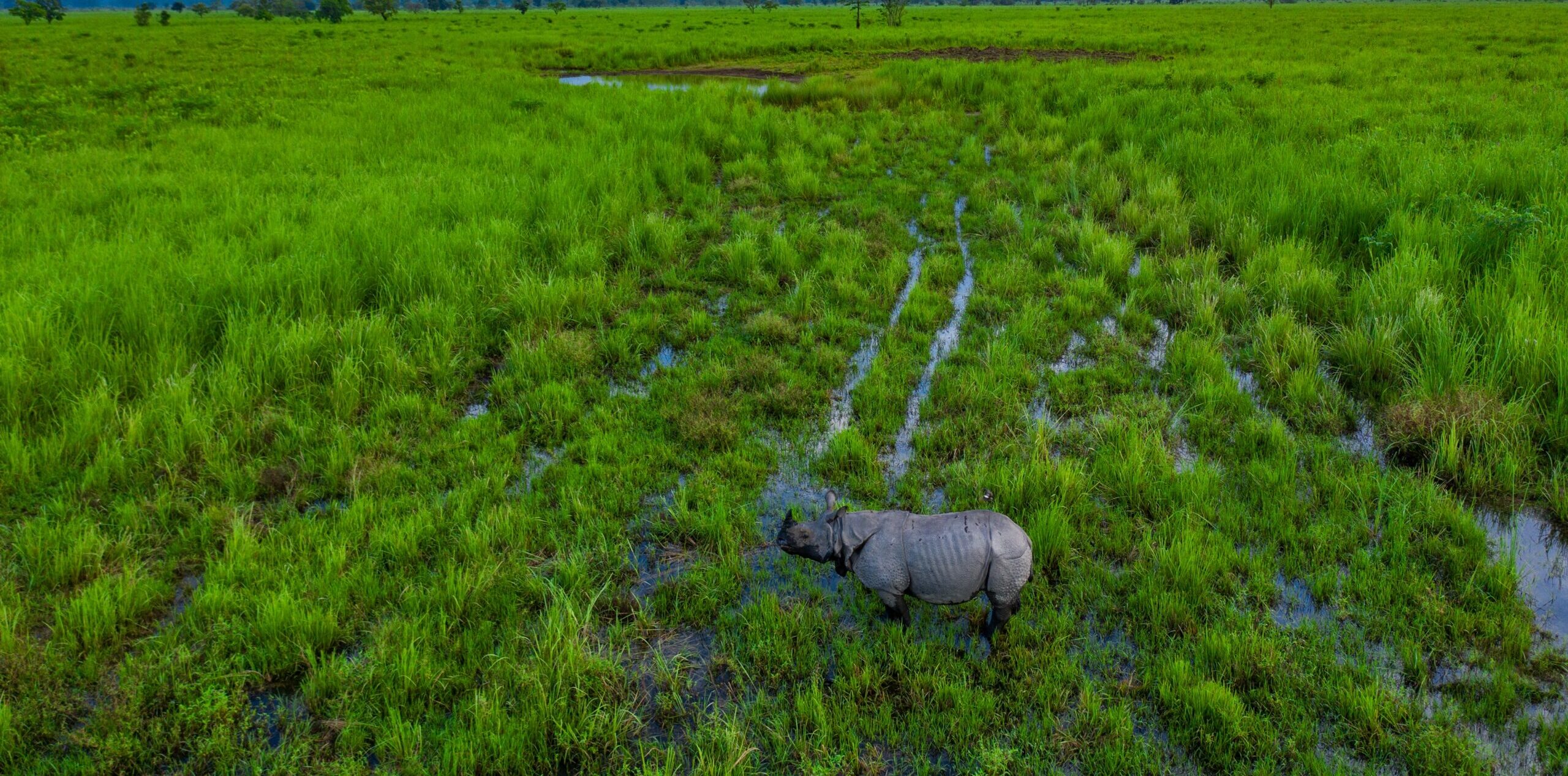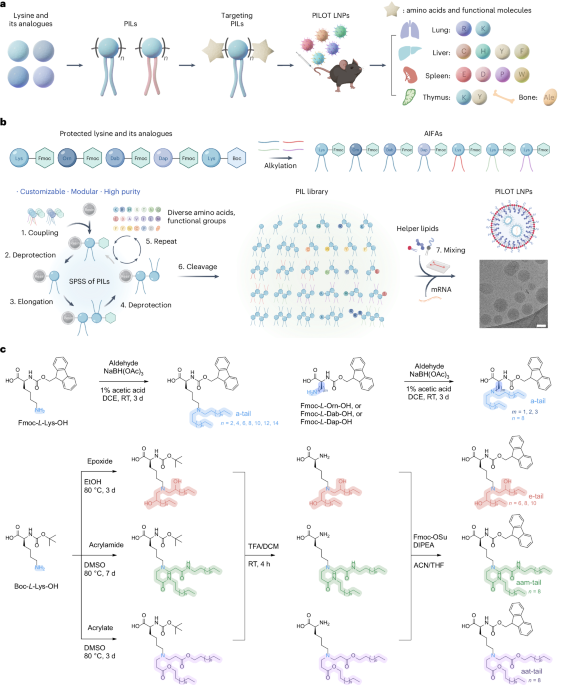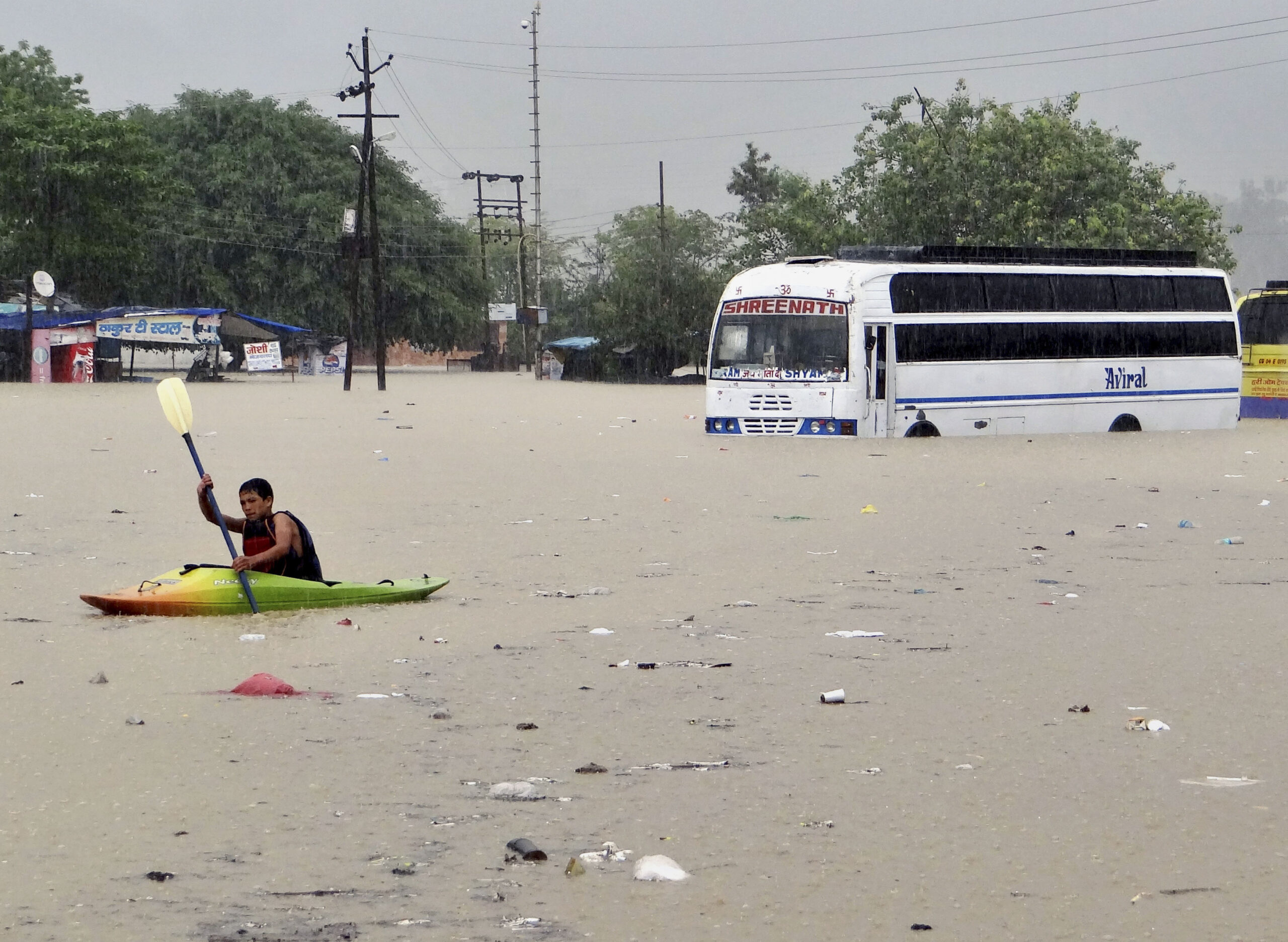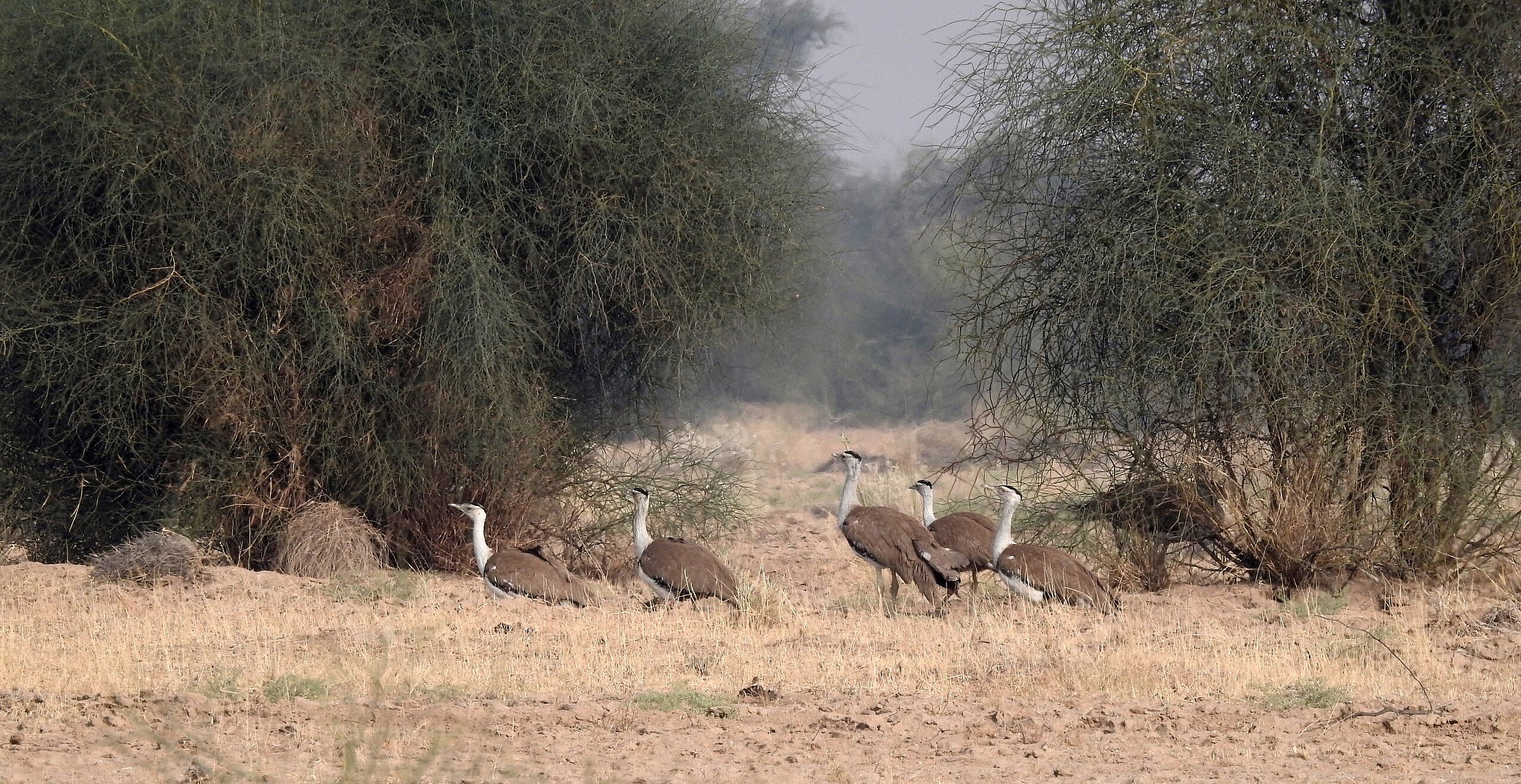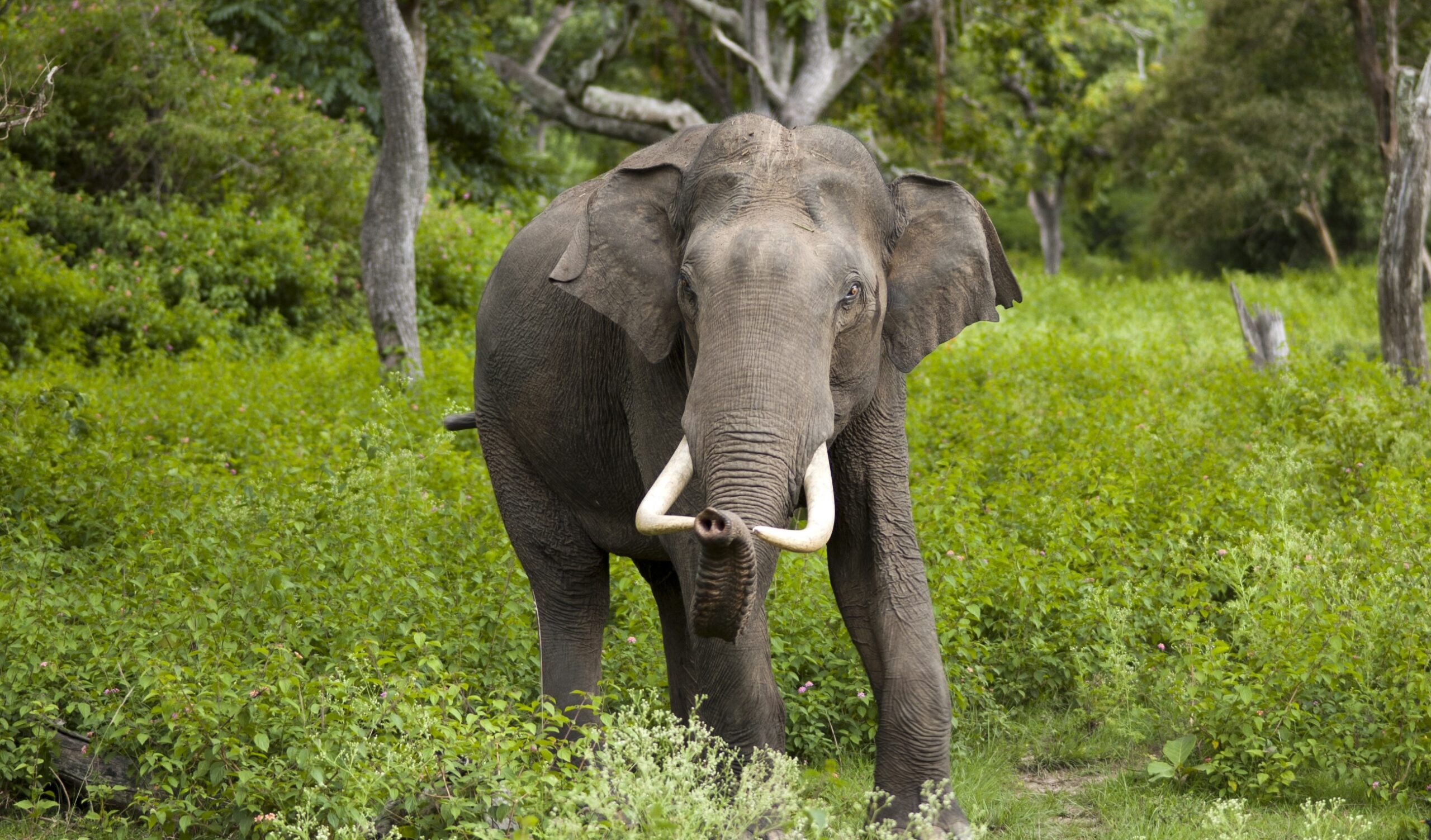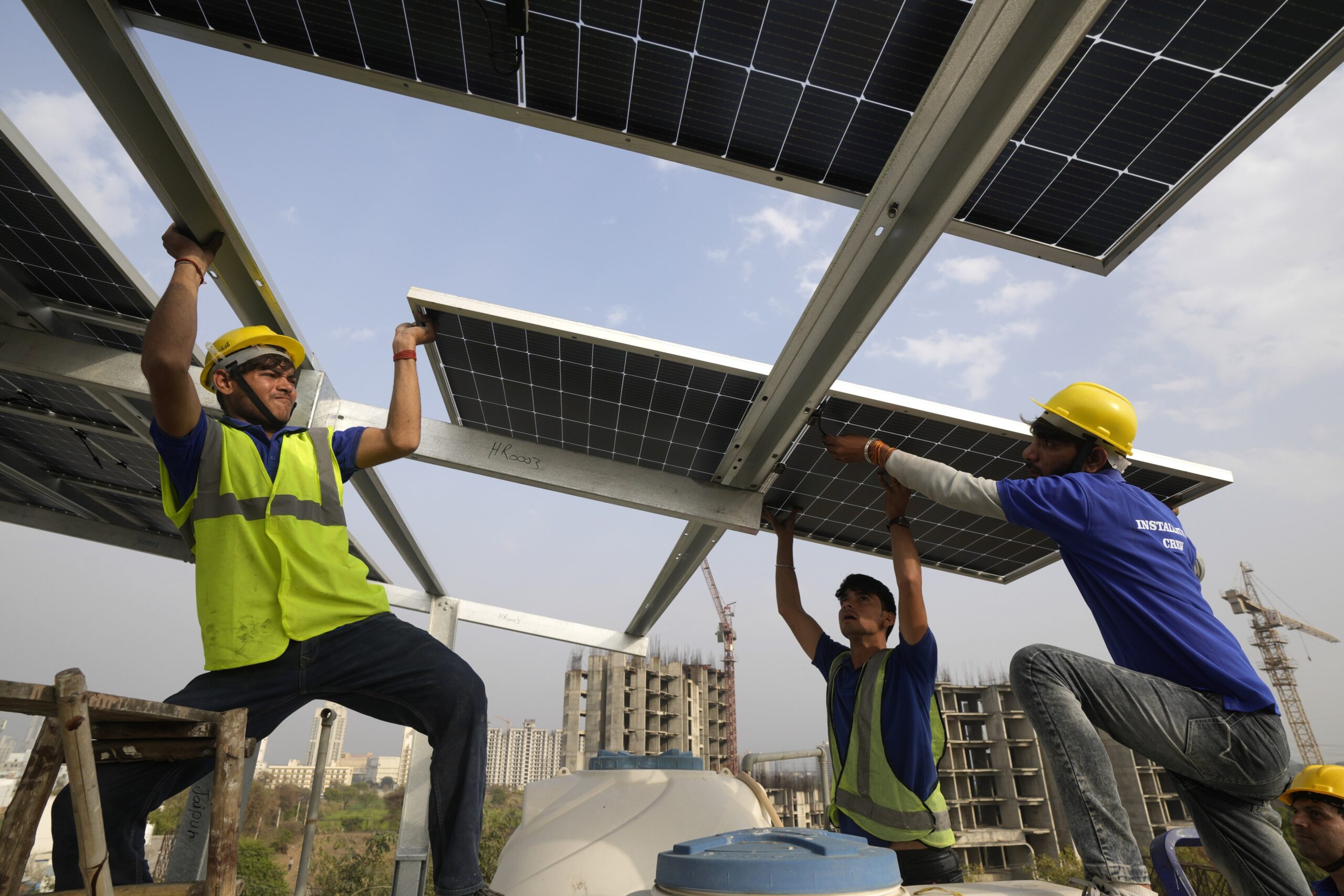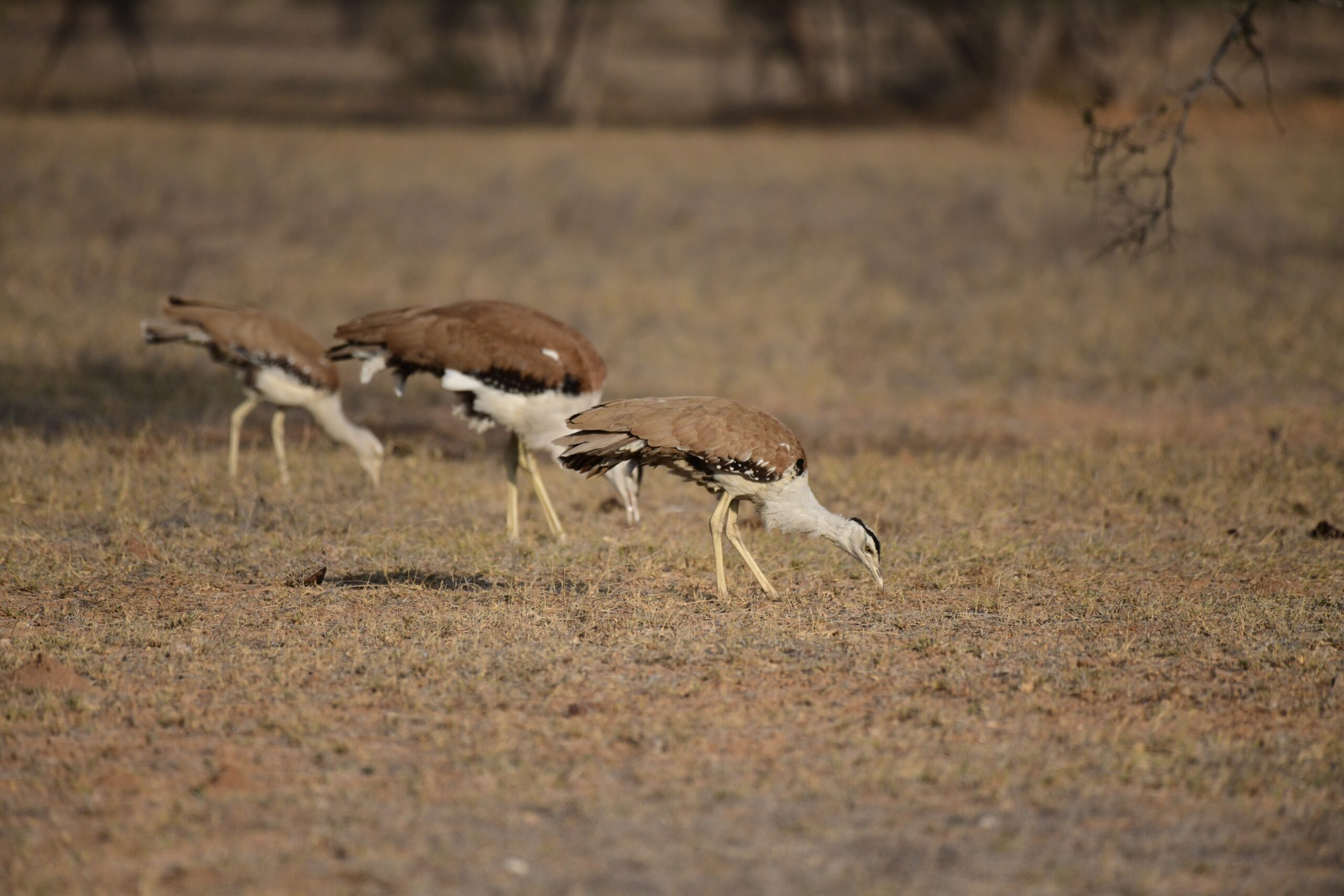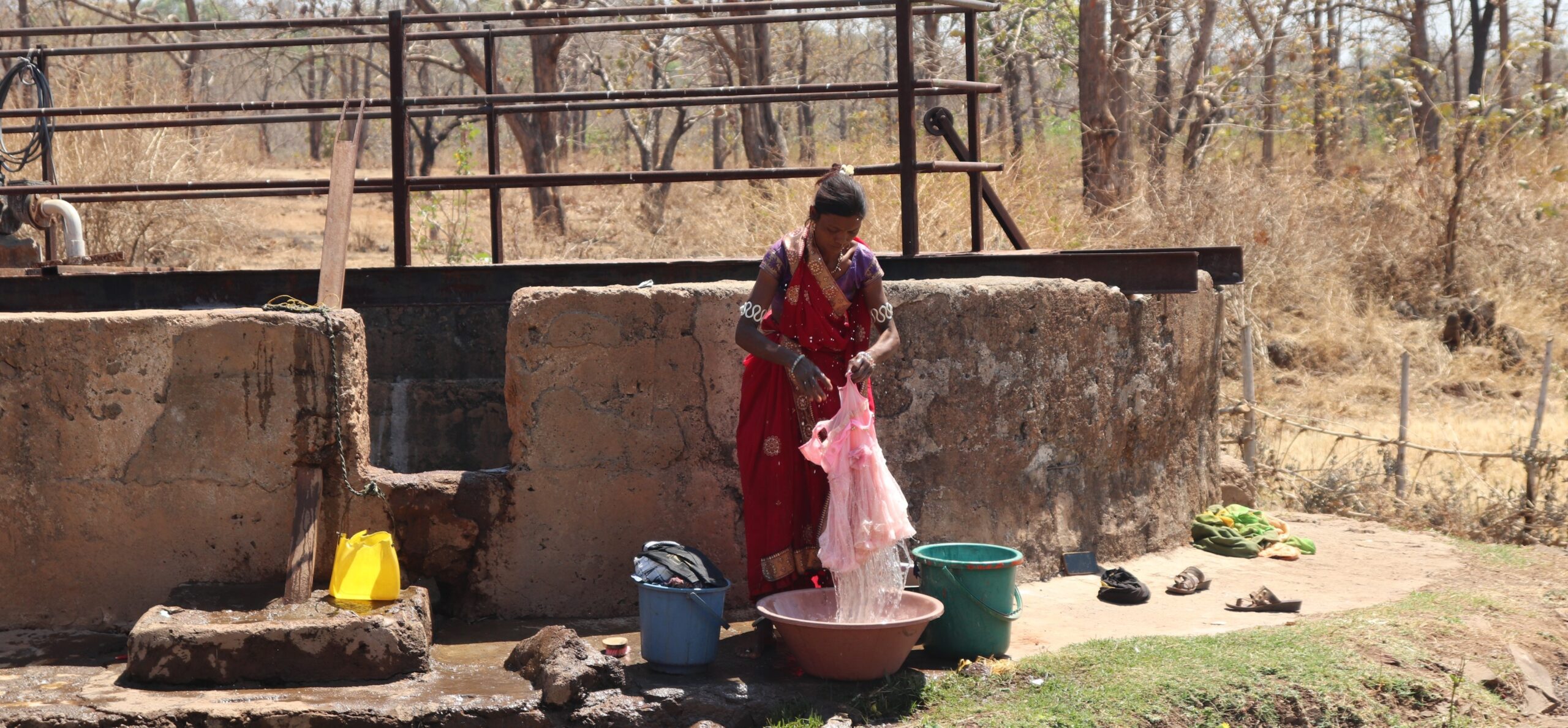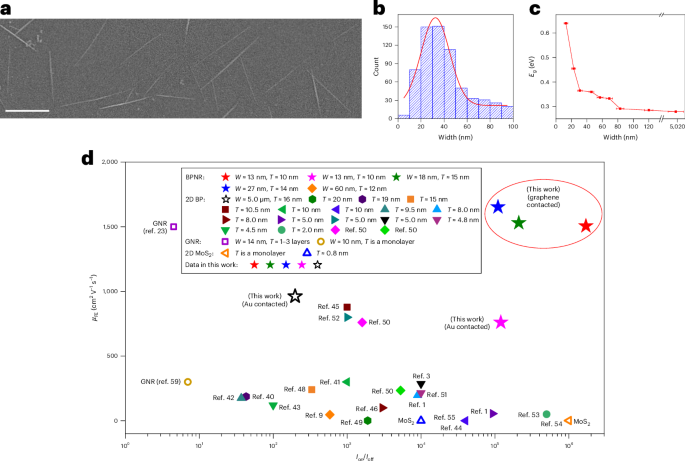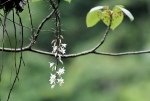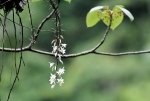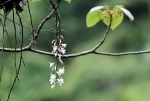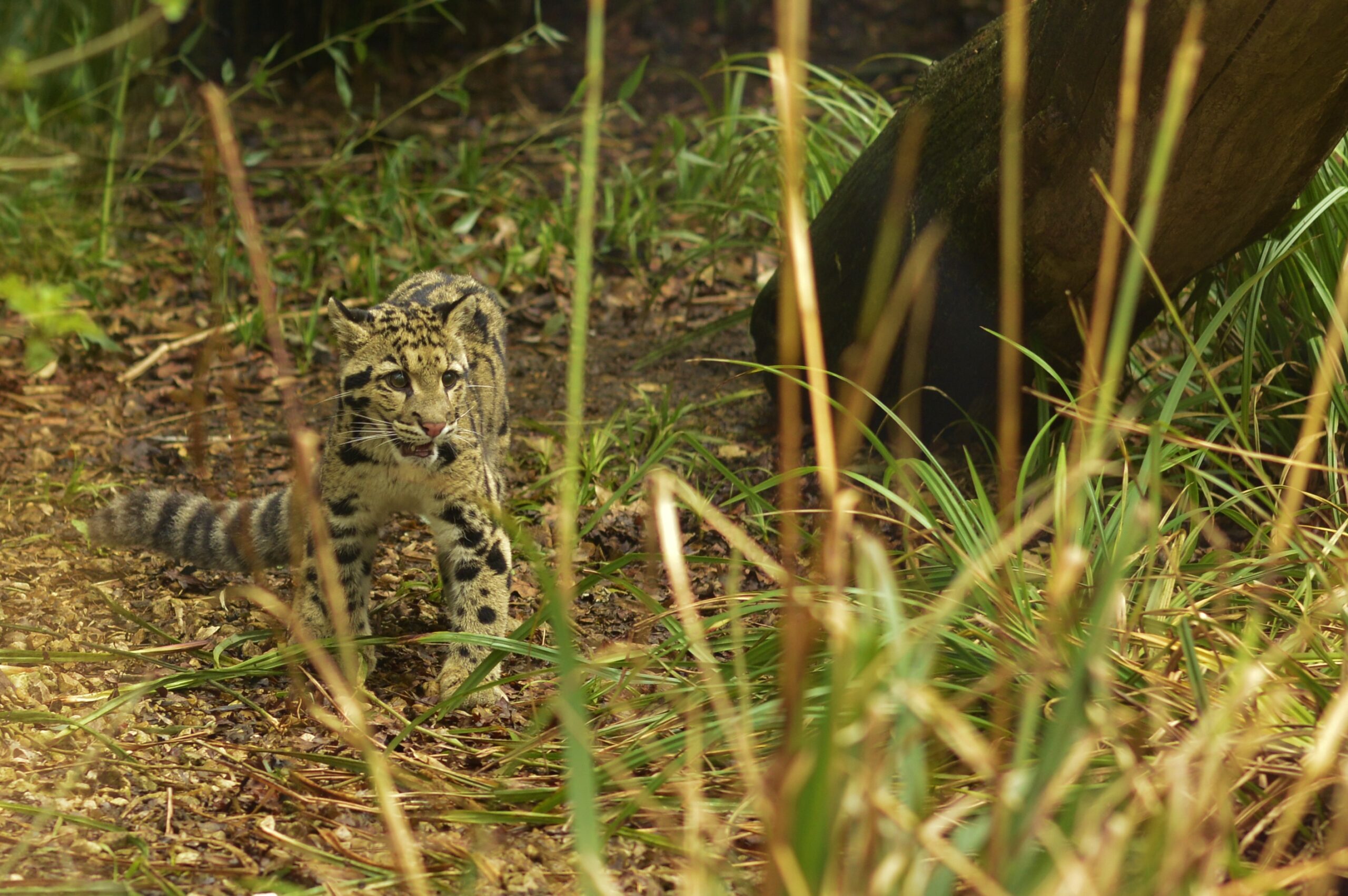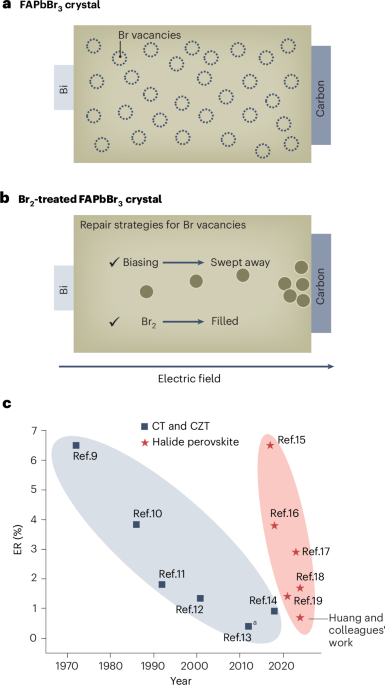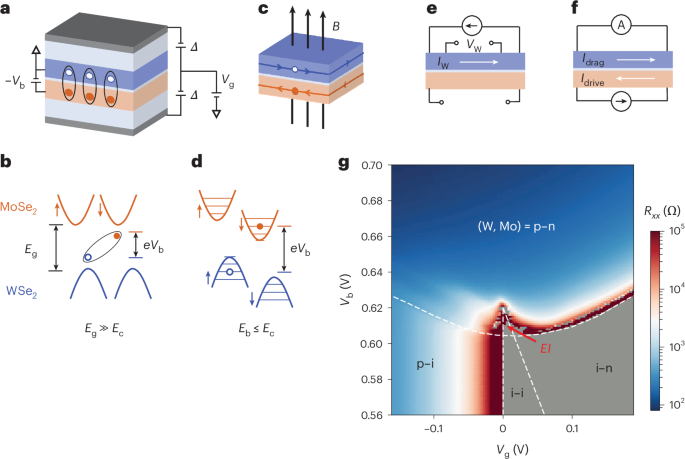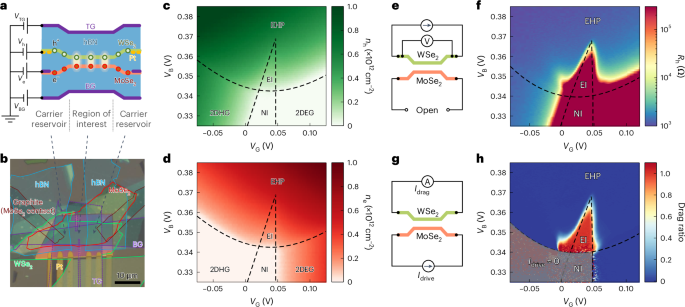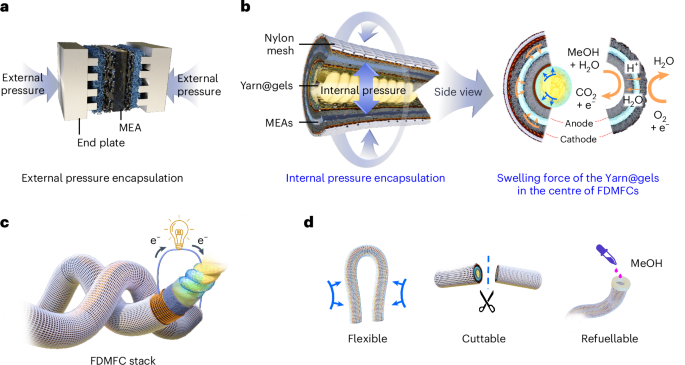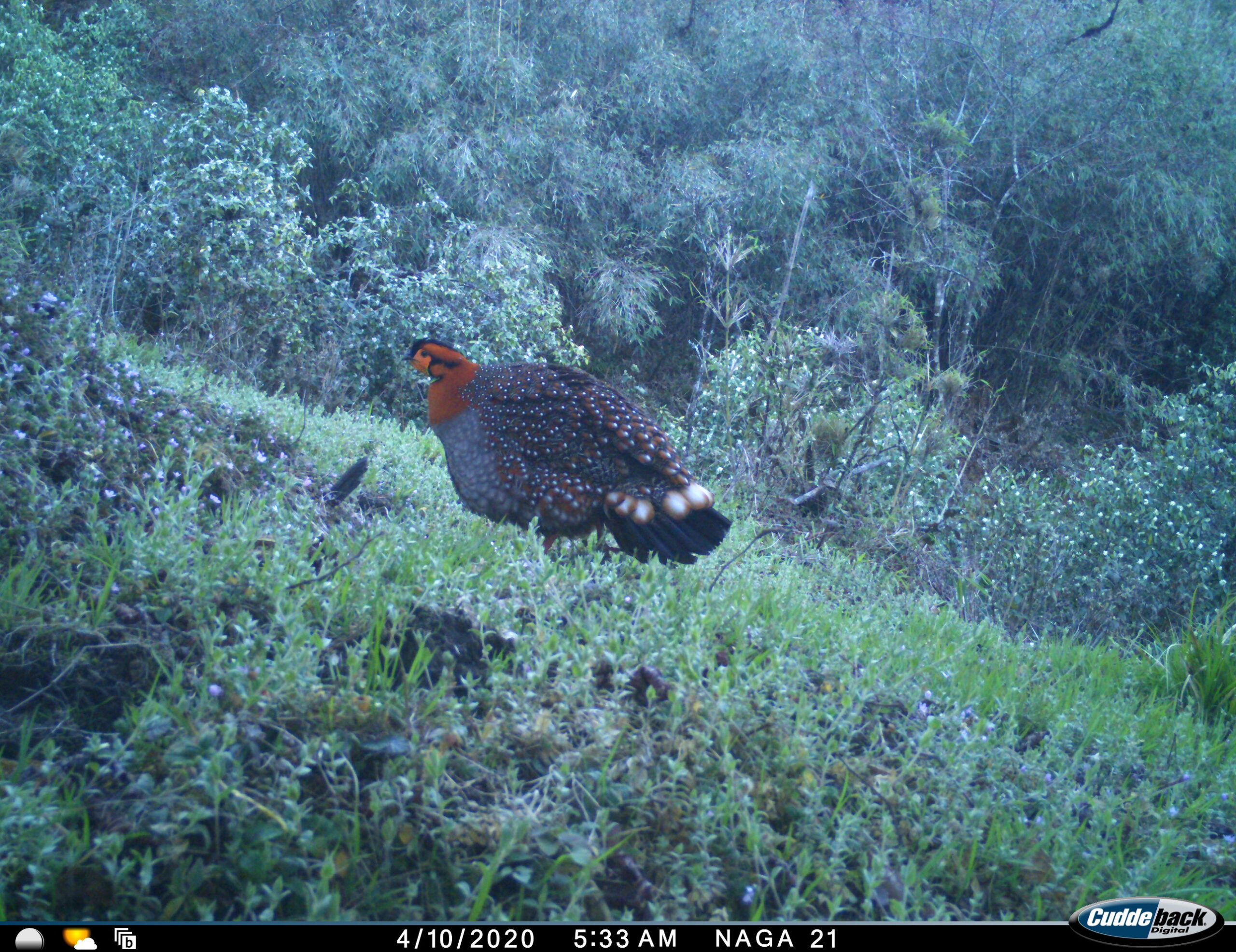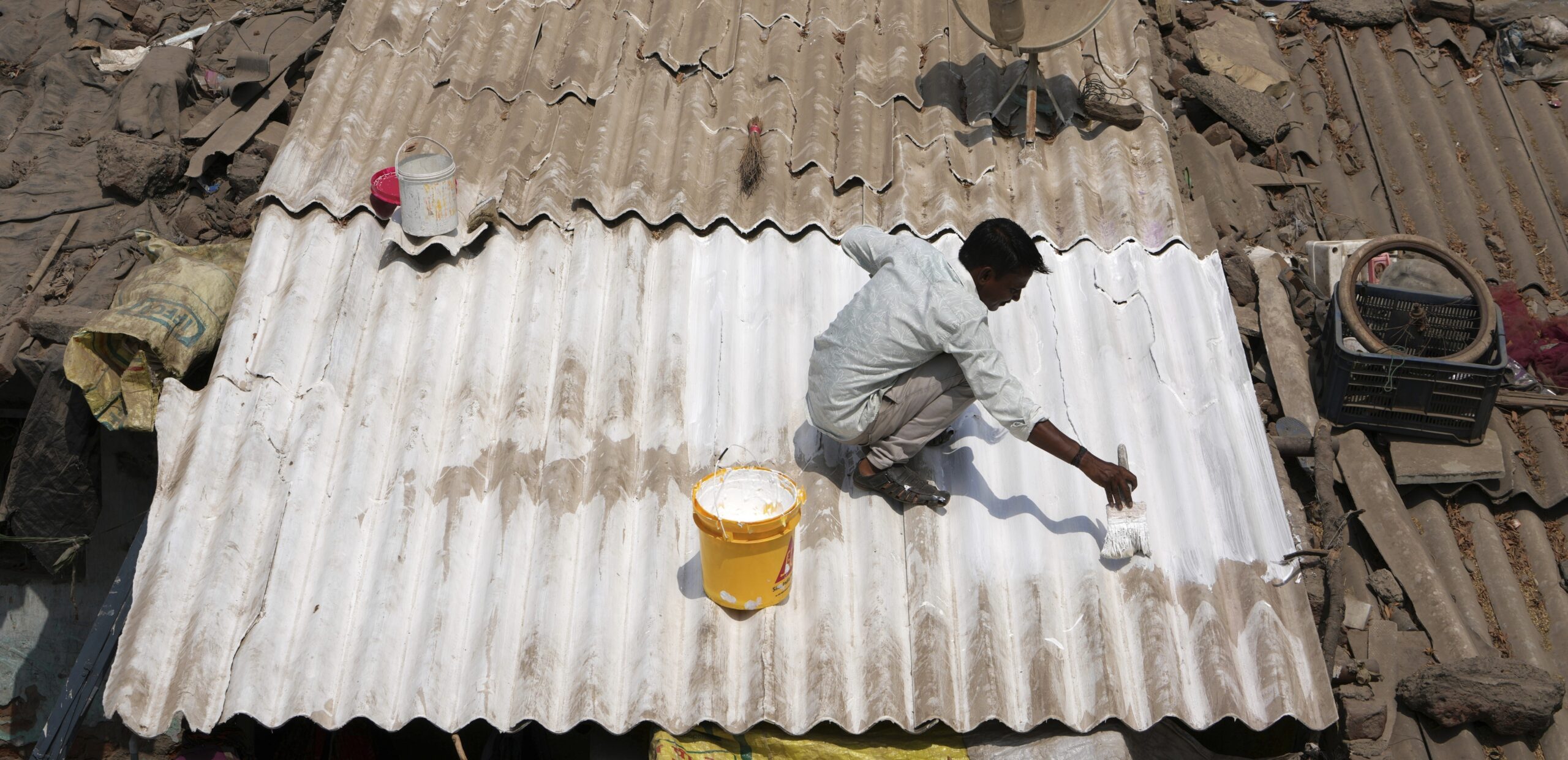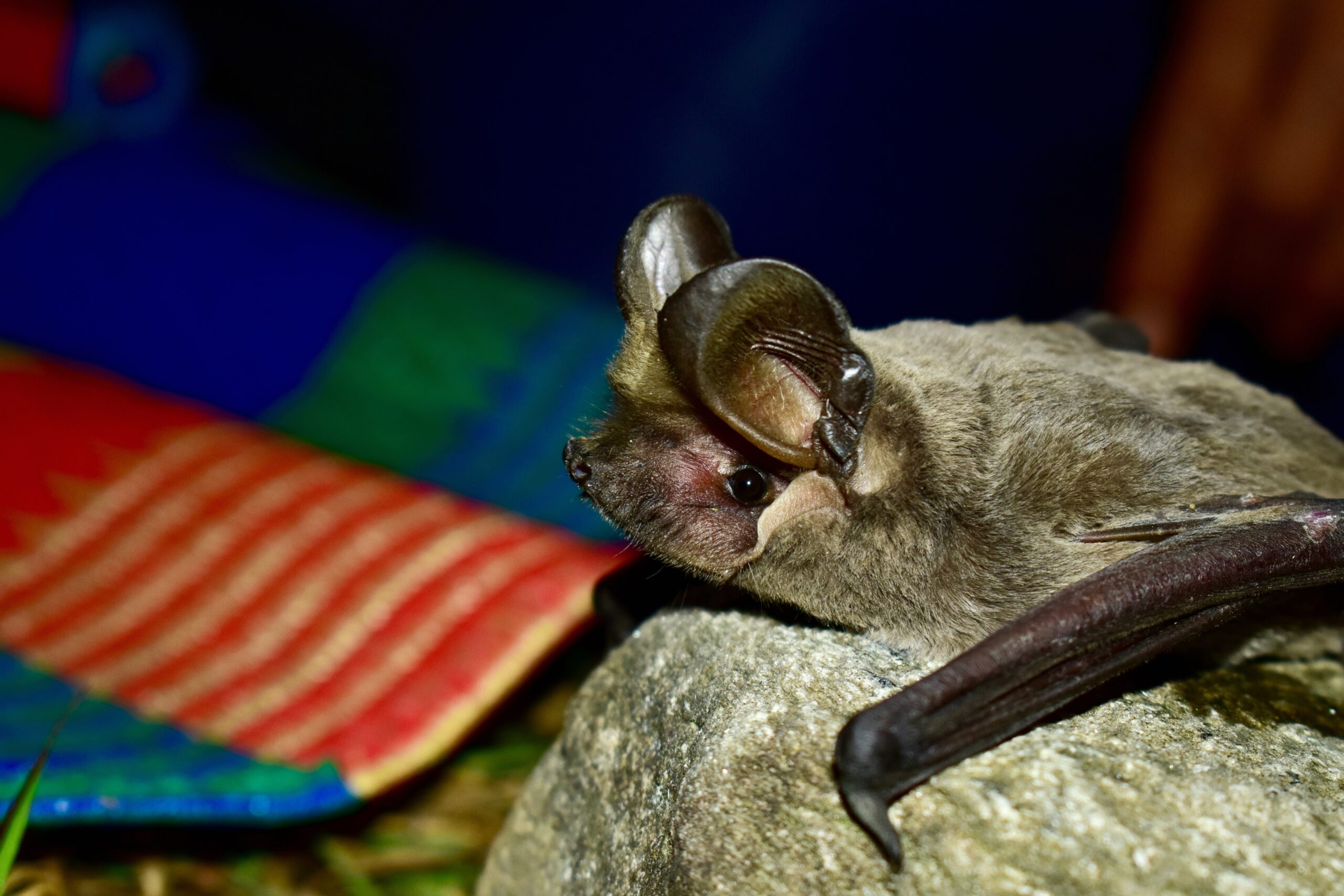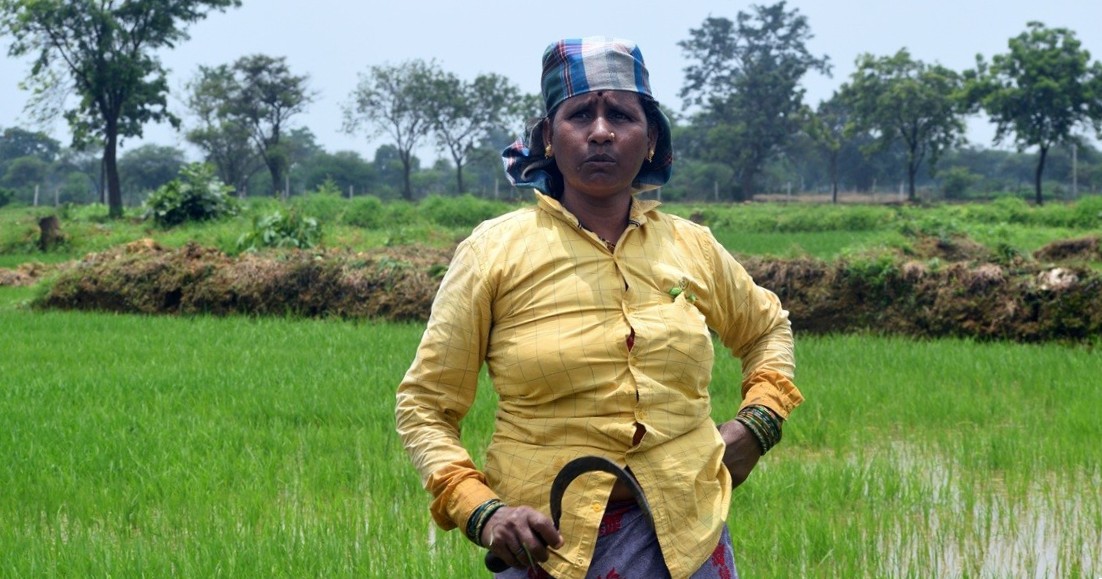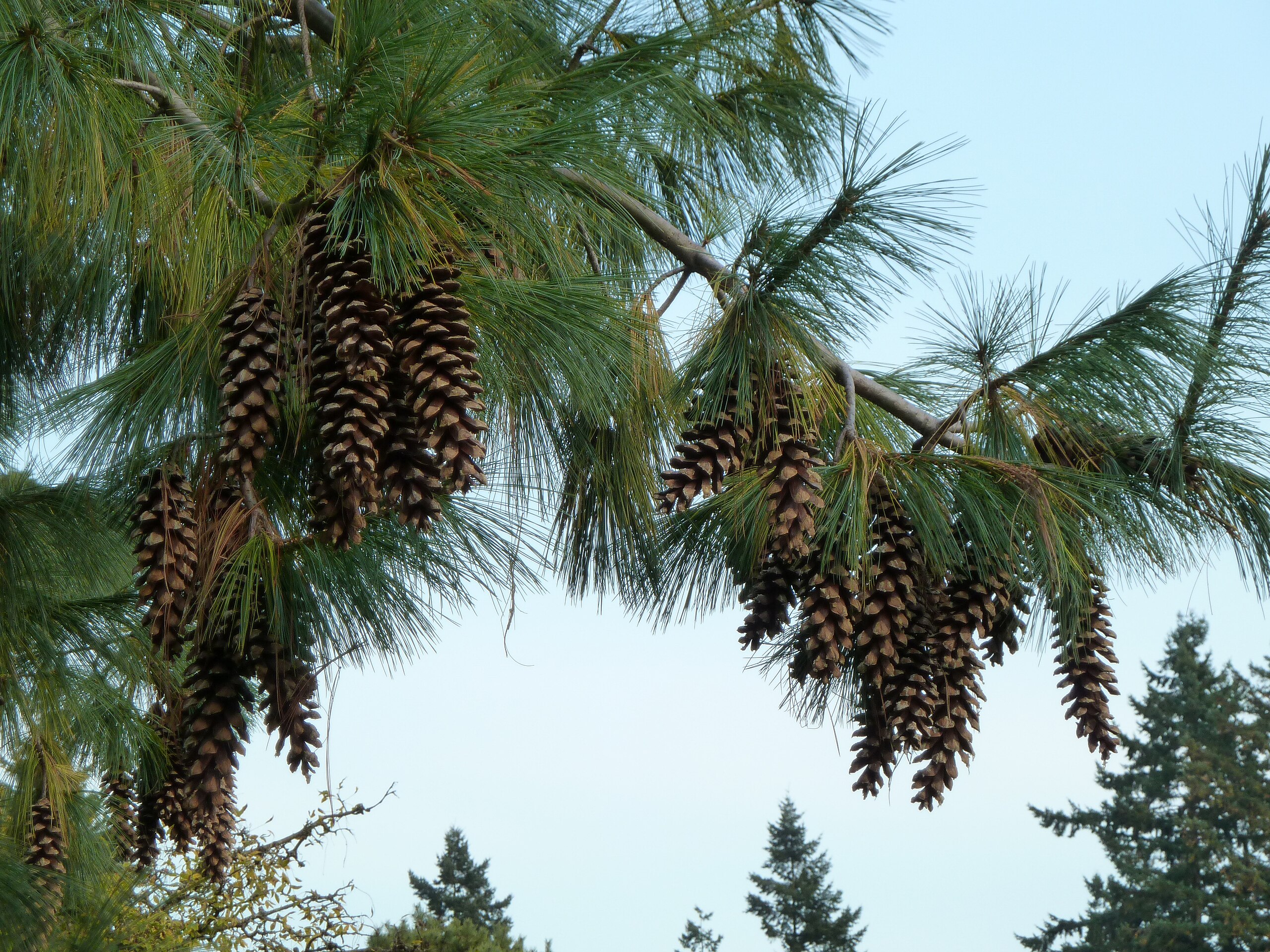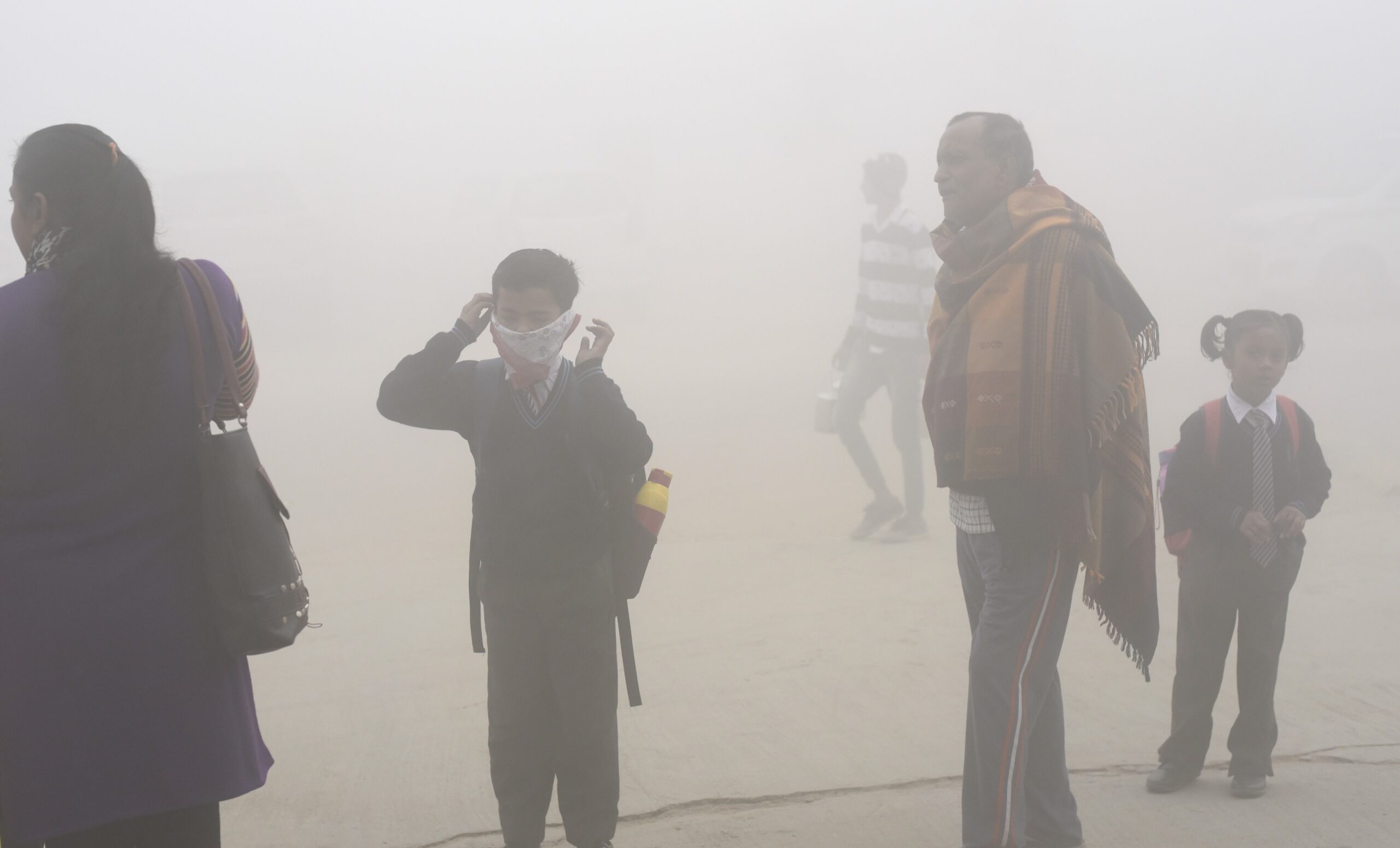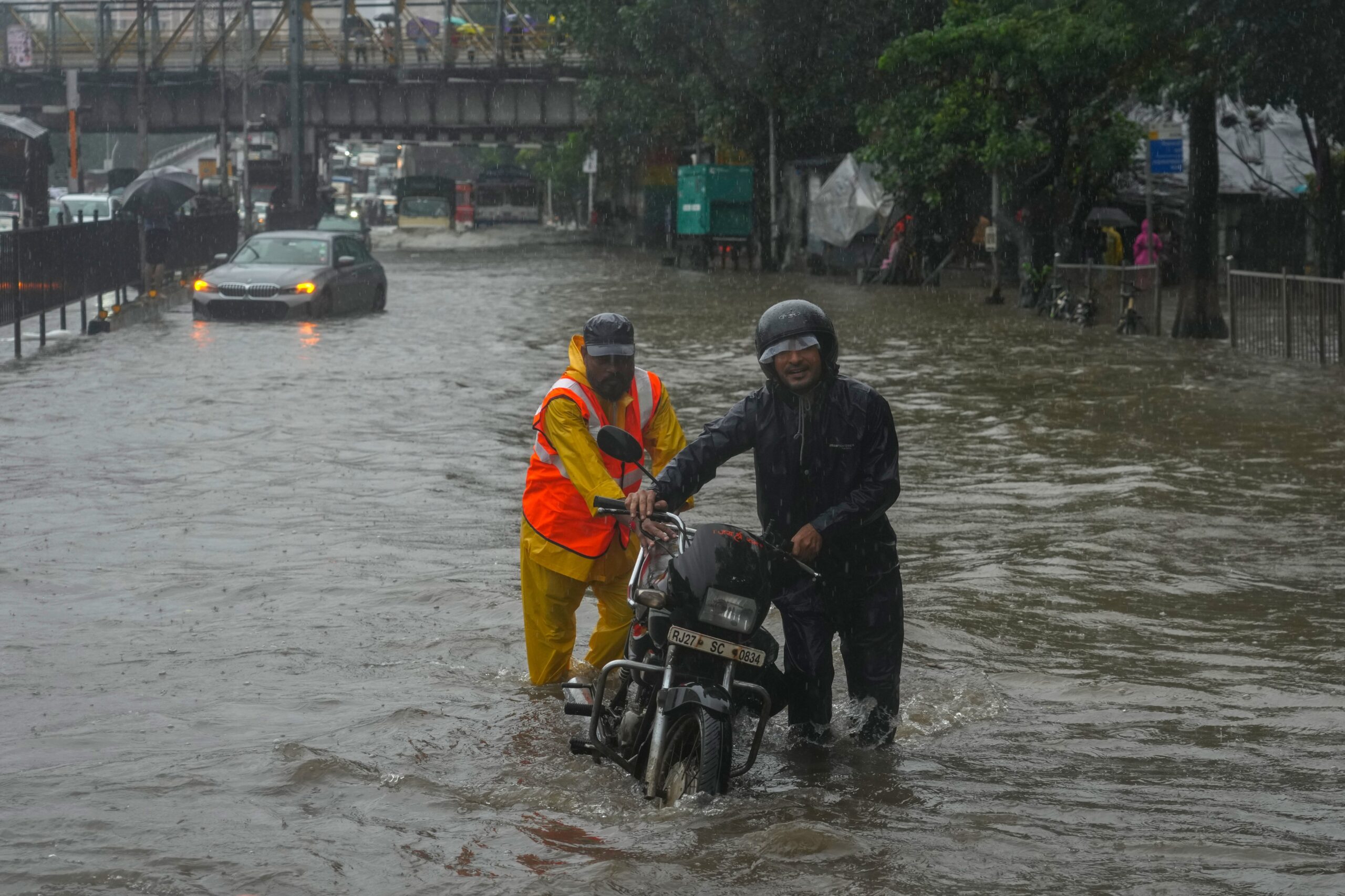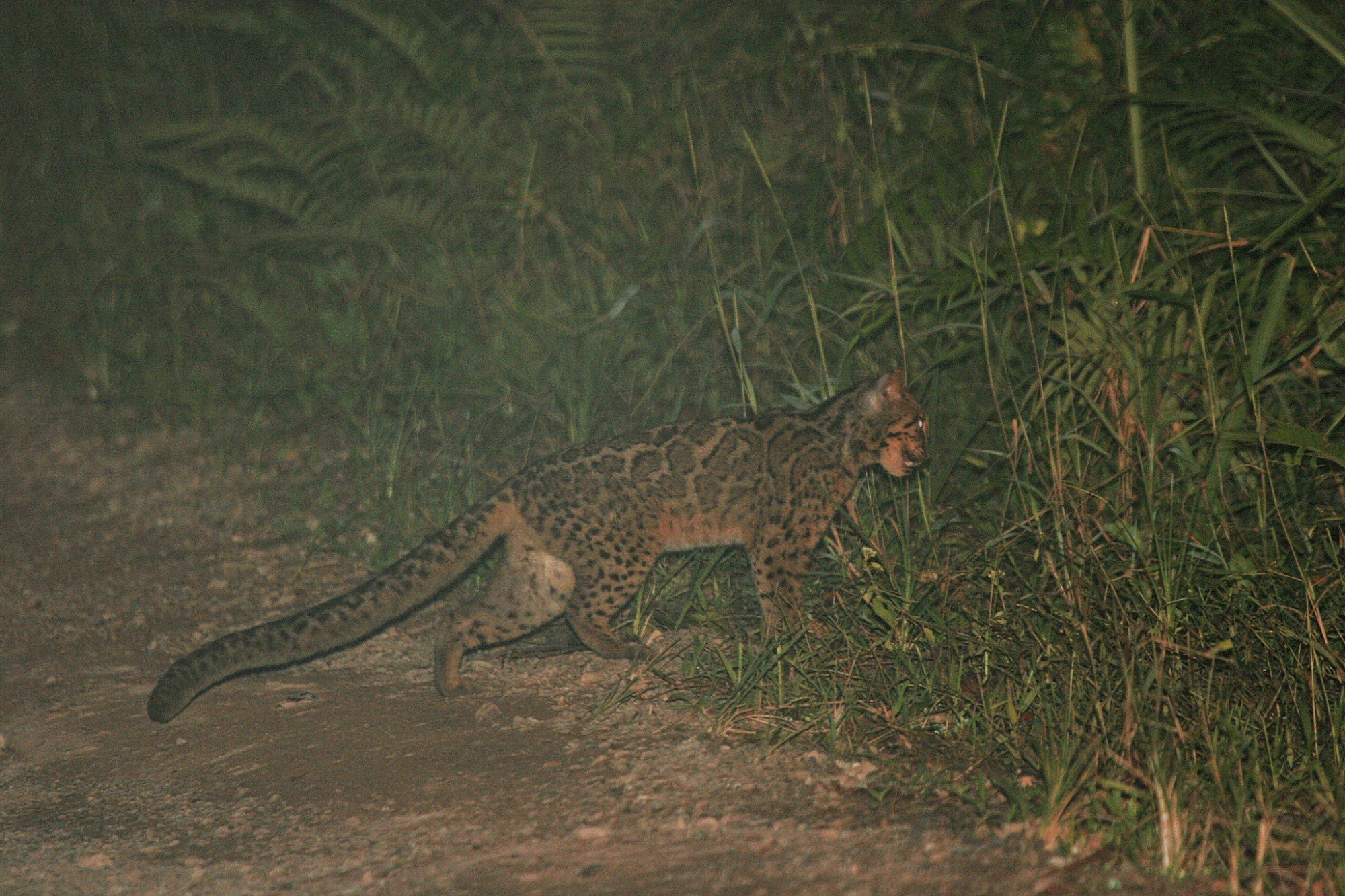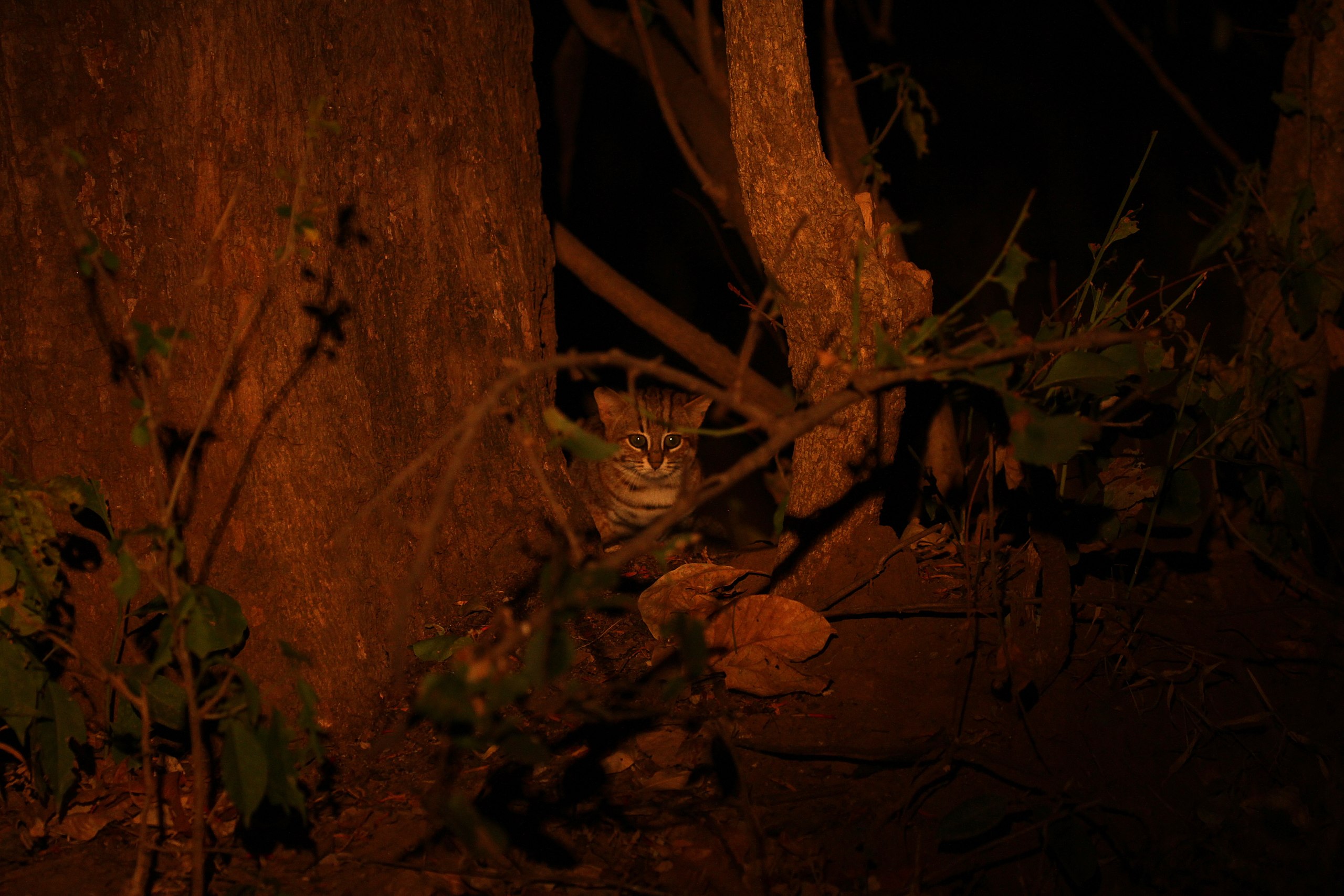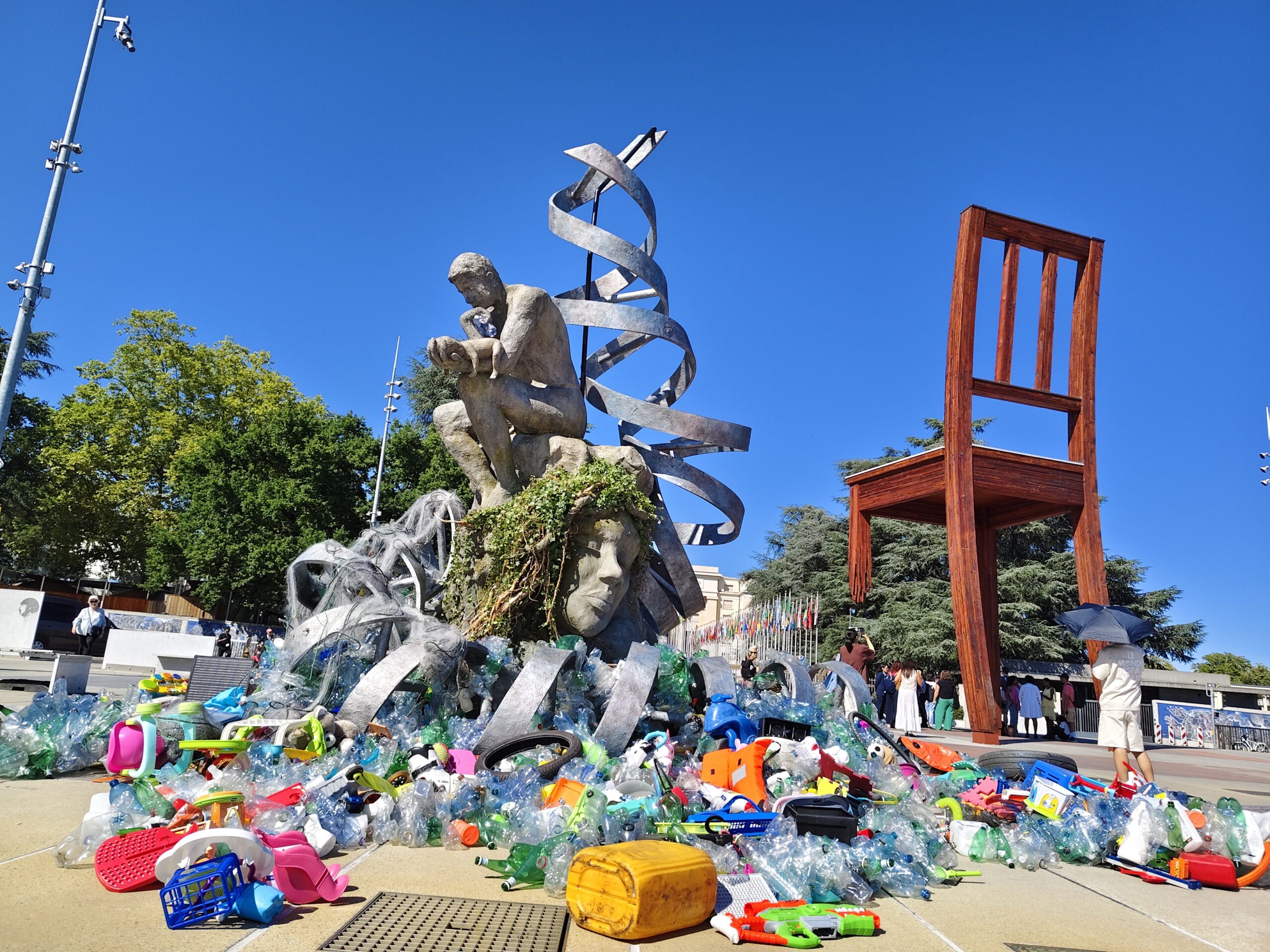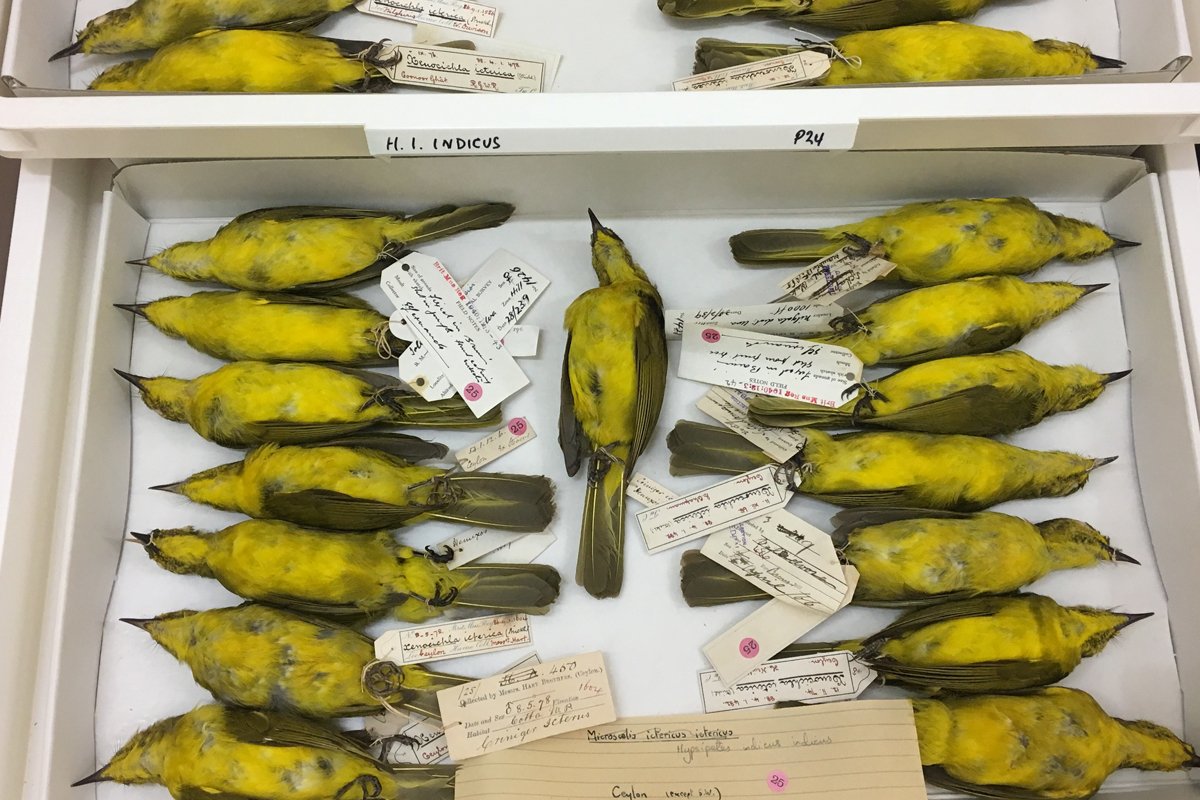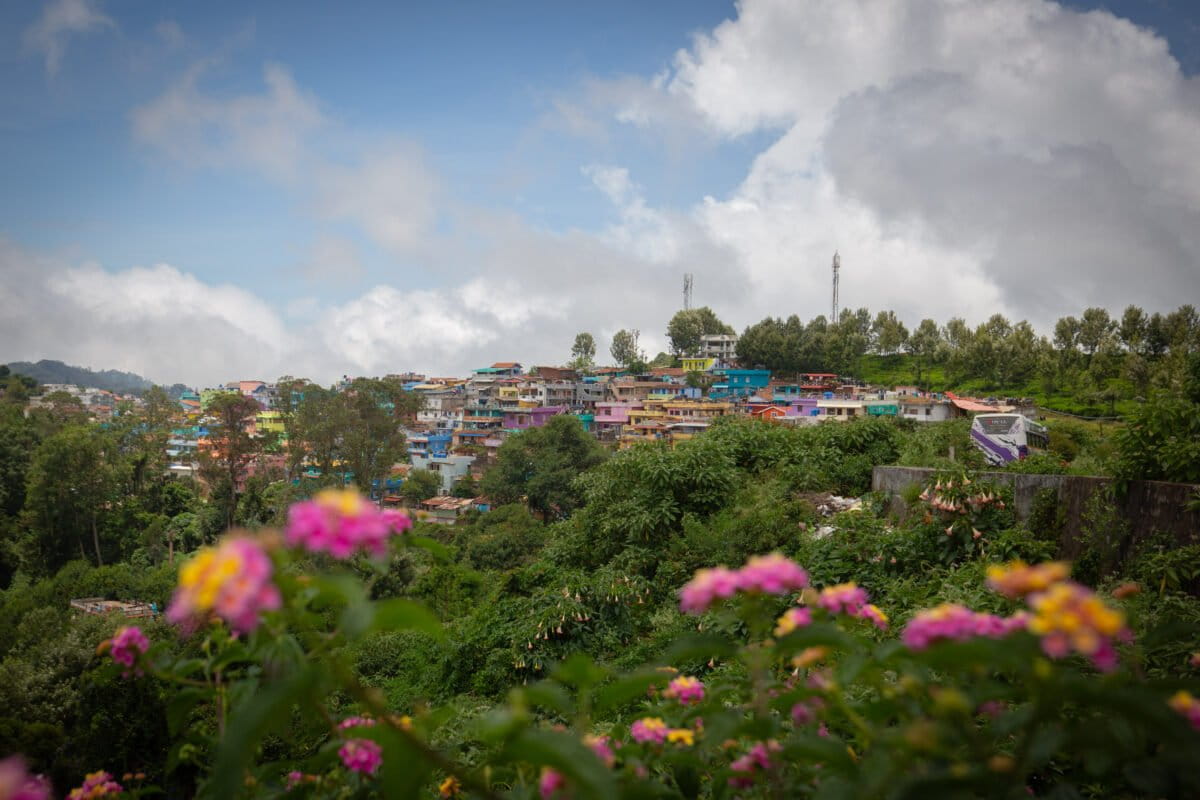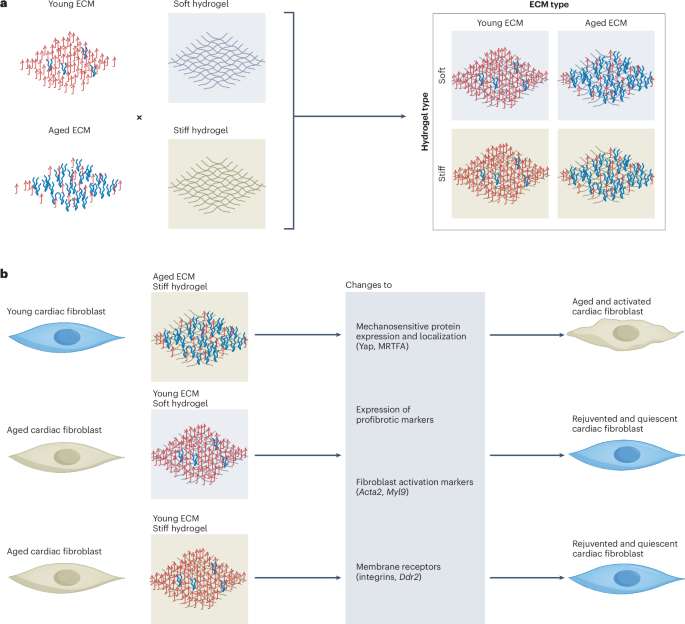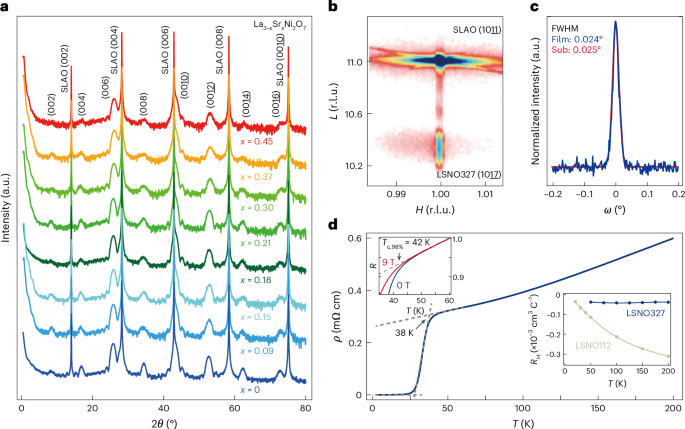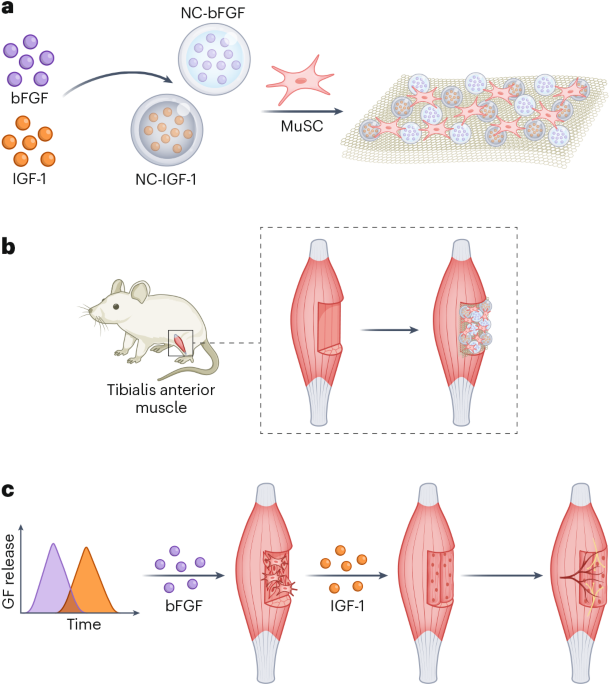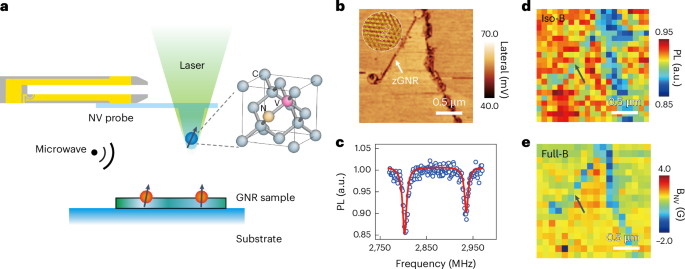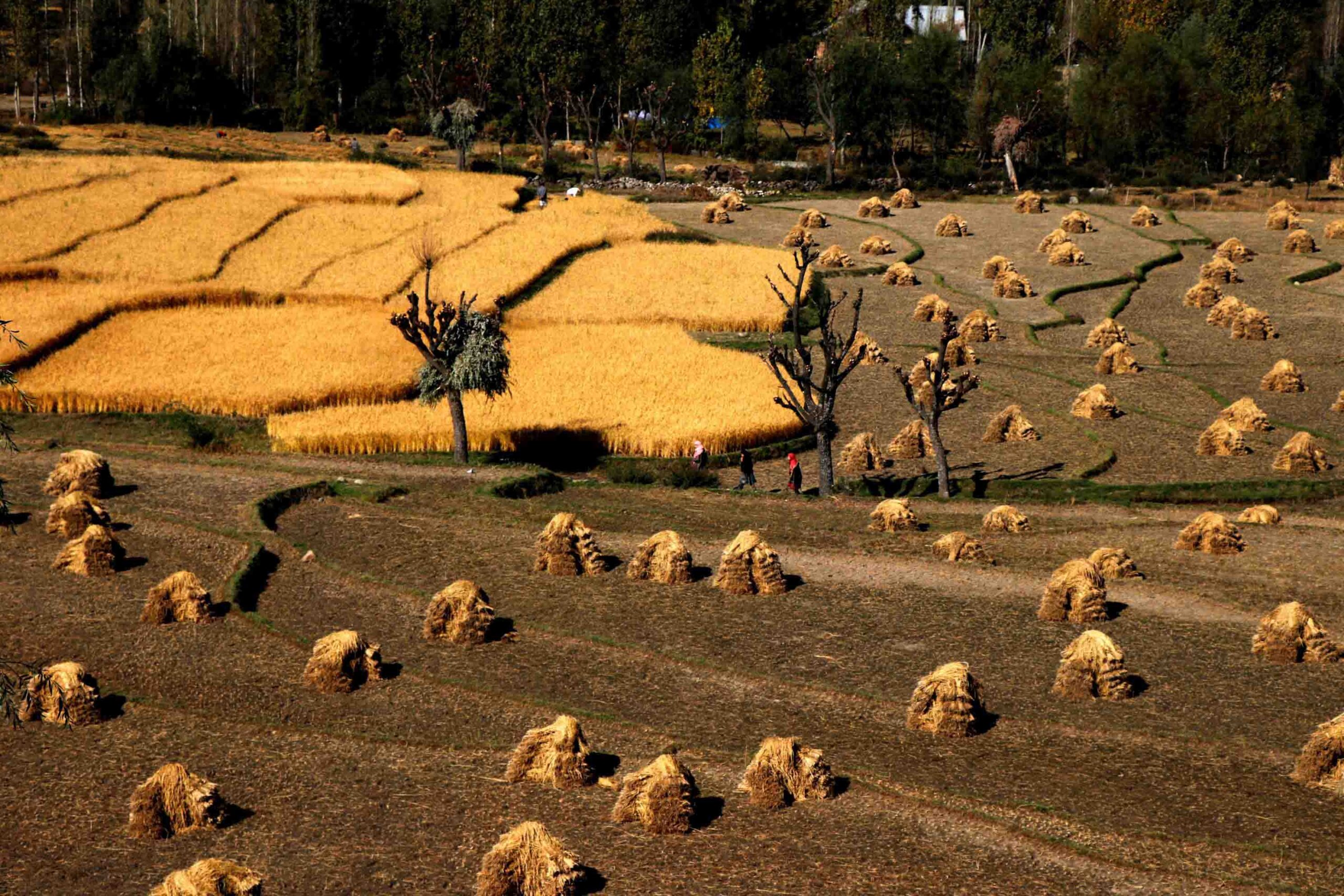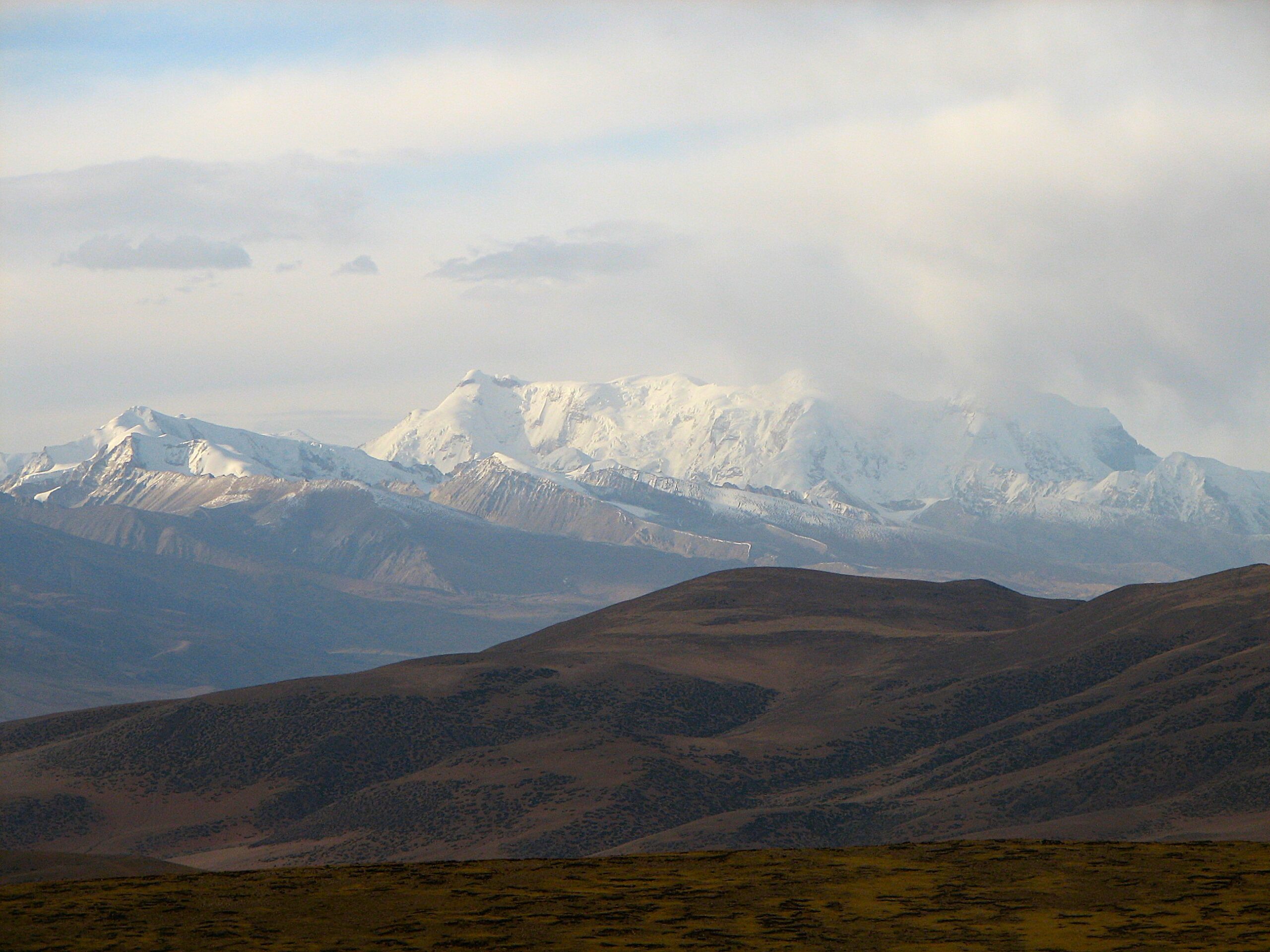
Groundwater resources in the drought-prone Bundelkhand region are mostly “safe,” according to an assessment done by the Central Ground Water Board (CGWB) in 2024.
The Bundelkhand region comprises 14 districts across Uttar Pradesh and Madhya Pradesh which have historically experienced complex drought due to multiple factors, including changes in rainfall patterns and water extraction. However, Union Minister of Jal Shakti (Ministry of Water Resources), C.R. Patil, told the Parliament on July 24 that groundwater levels in ten districts of Bundelkhand region were found to be safe, while three were found to be critical, and one to be semi-critical. He was citing the CGWB’s 2024 Dynamic Groundwater Assessment data.
The CGWB categorises groundwater resources based on levels of water extraction and recharge. Groundwater resources are considered to be “safe” if the rate of extraction is 70% or less compared to annual recharge levels. It becomes “semi-critical” when the rate of extraction is between 70% and 90% of the annual recharge, and “critical” when between 90% and 100%. Groundwater resources are considered “overexploited” when the extraction exceeds 100% of annual recharge levels.
Even though the rates of groundwater extraction are largely safe, water is found at greater depths in several parts of Bundelkhand, deeper than three metres below ground level, exacerbating scarcity. The region is characterised by a dry, arid climate and a hard rock terrain, with low nutrition black soil.
In its Master Plan for Artificial Recharge to Groundwater, the CGWB recommended almost all the districts in Bundelkhand to attempt artificial recharge through the creation of check dams, percolation tanks, bunds, village ponds, and rainwater harvesting.
In the Jhansi district, artificial recharge of a shallow aquifer in one wet season served two dry seasons, and in some areas improved ground water levels by two-five metres. Despite evidence and expert recommendations for ground water recharge, the government has pushed for river interlinking as the solution to Bundelkhand’s drought. The river linking project envisions joining the Ken and Betwa rivers through a canal which will run through Bundelkhand and provide the region with an additional source of irrigation and drinking water supply.
The project will not only submerge 10% of the Panna Tiger Reserve in Madhya Pradesh, but could inadvertently interfere with rainfall patterns over the long-term and worsen climatic stressors.
Patil was asked about the groundwater situation in Bundelkhand by Narayan Das Ahirwar, a Member of Parliament from the Samajwadi Parti representing the Jalaun constituency, falling in northern Bundelkhand, where reductions in rainfall between 1984 and 2023 have worsened droughts.
Banner image: A girl carries water in Bundelkhand. Image by Arjun Claire via Flickr (CC BY 2.0).



